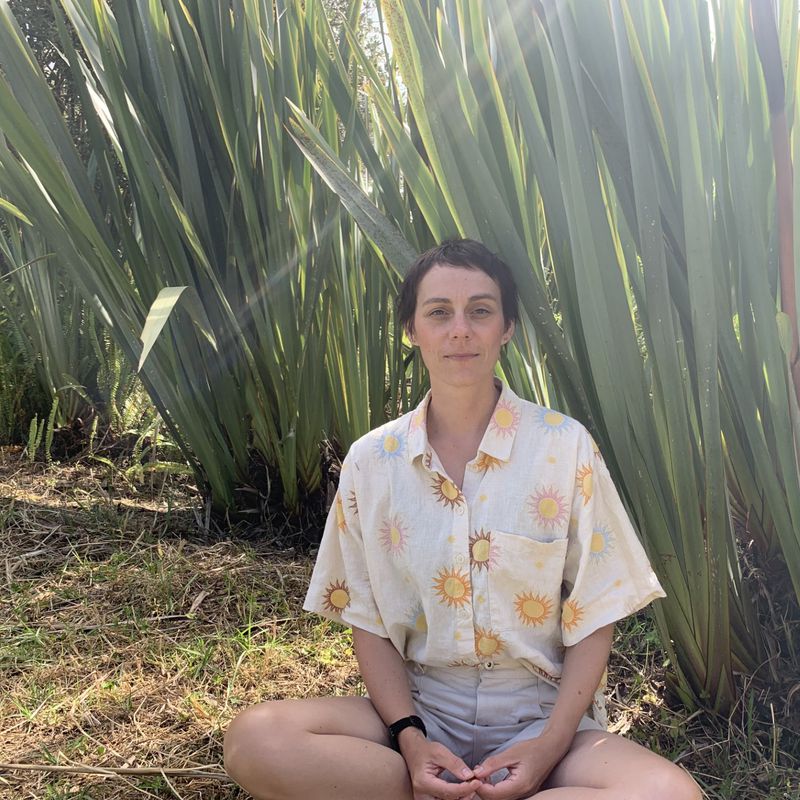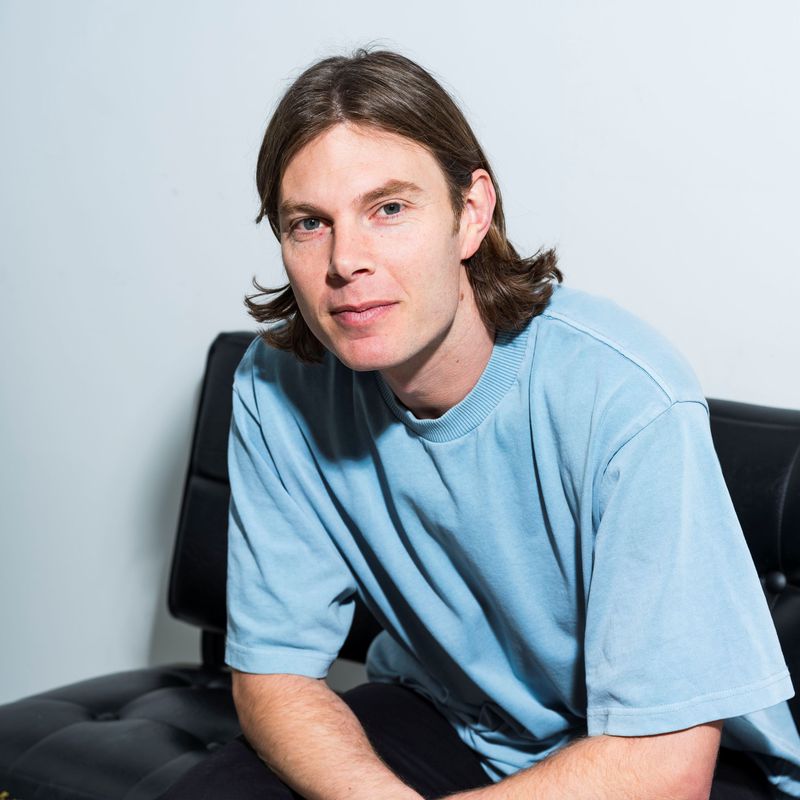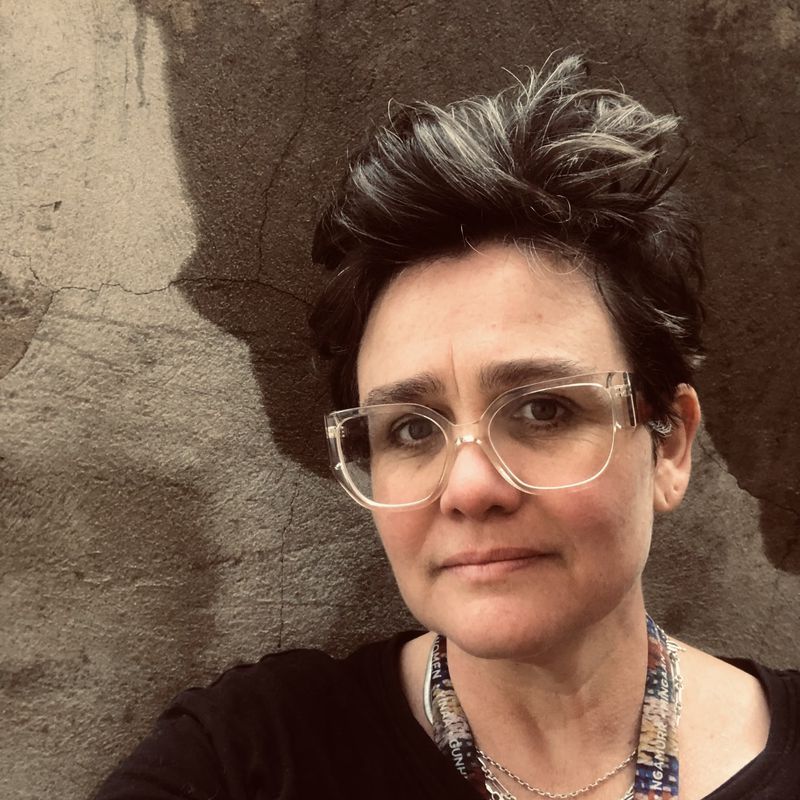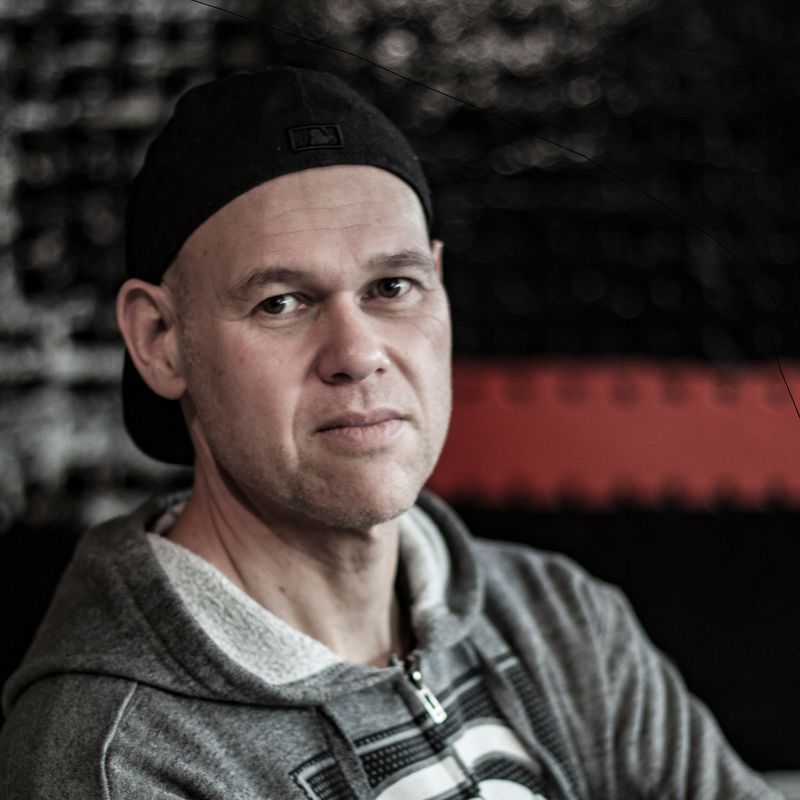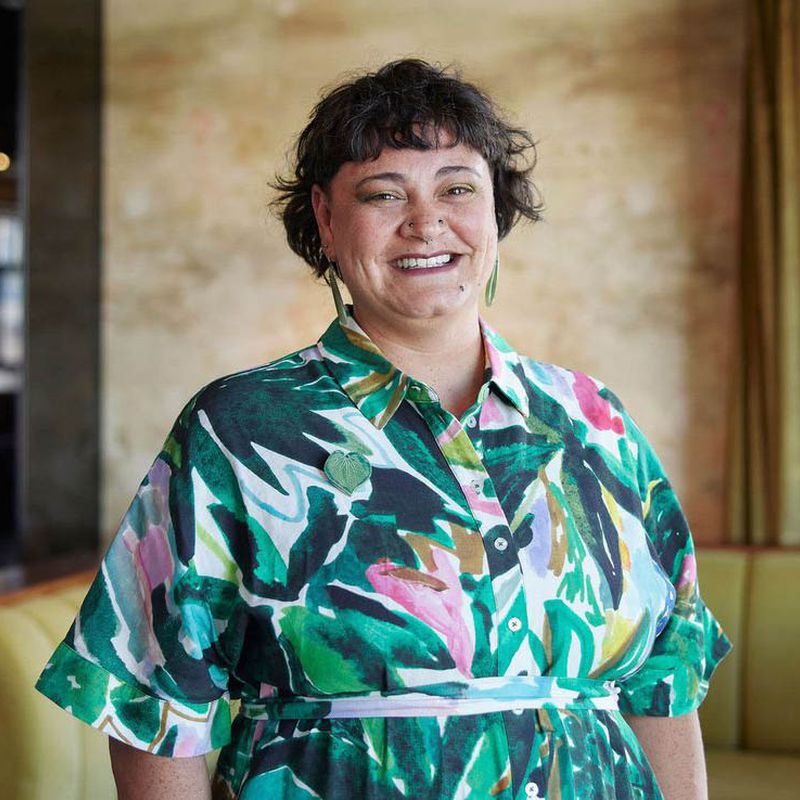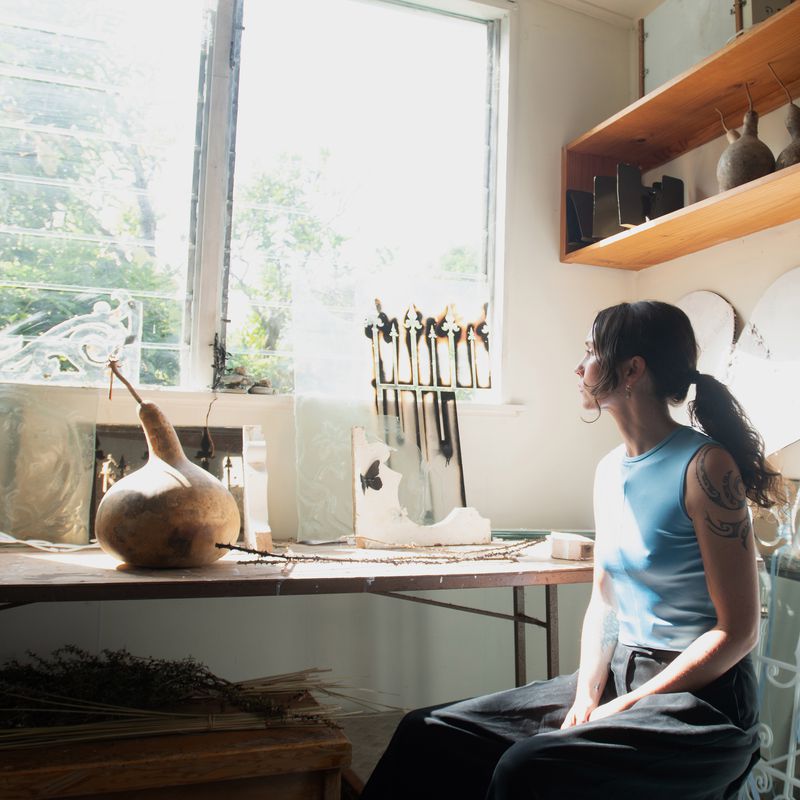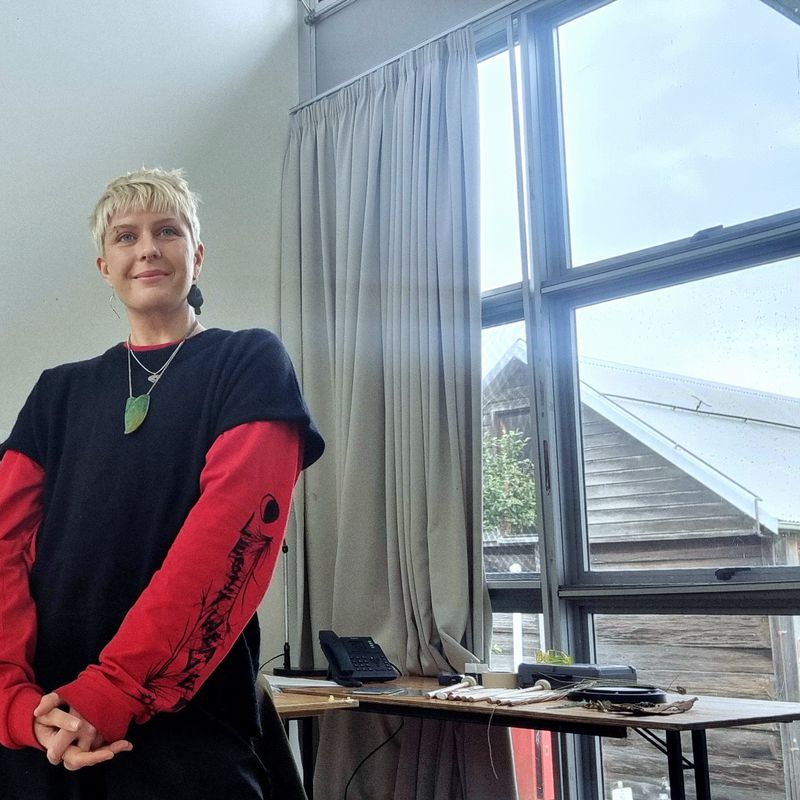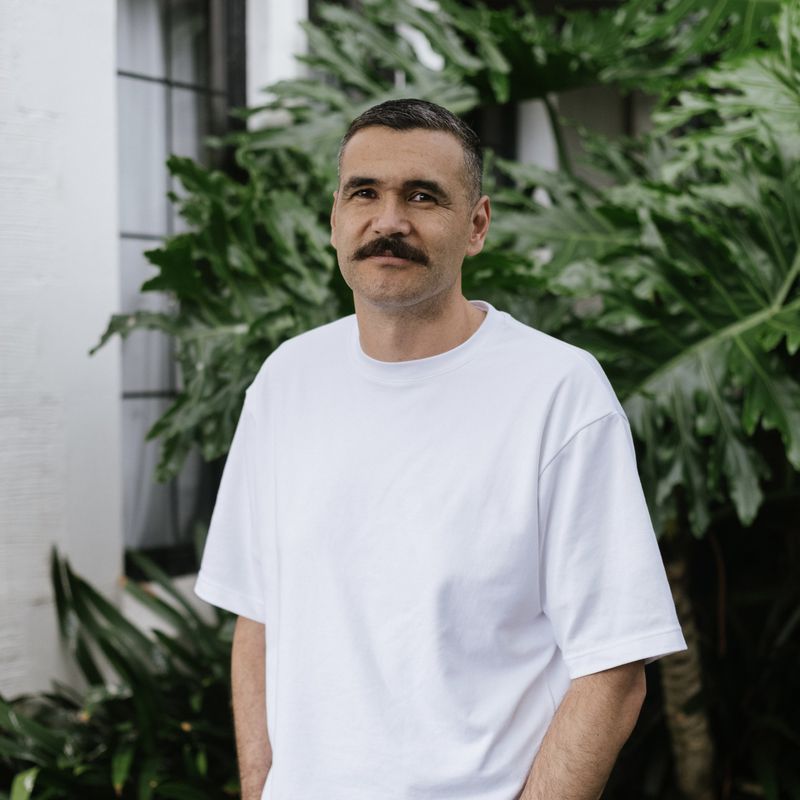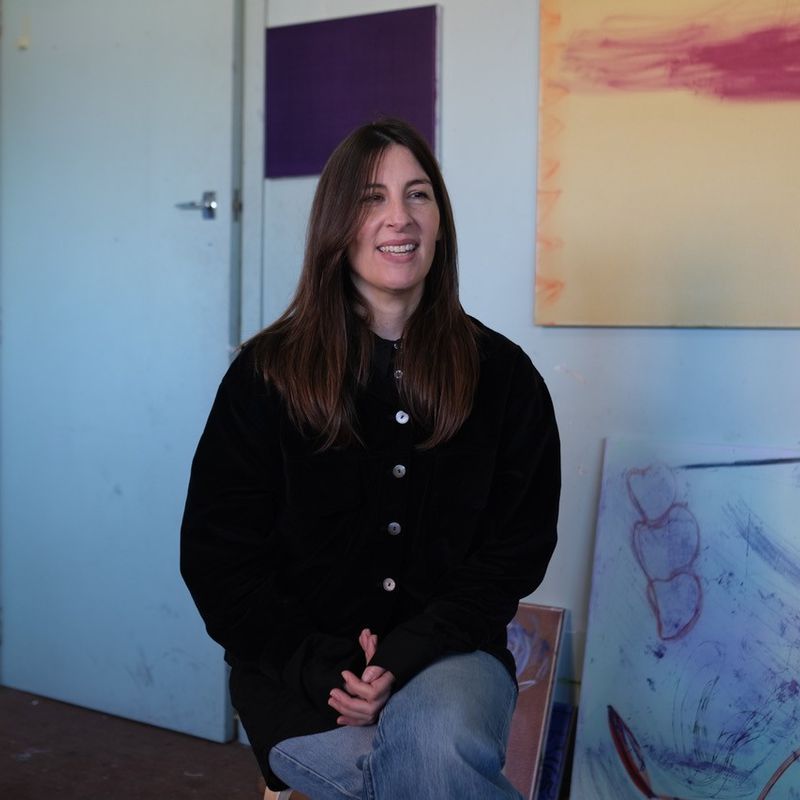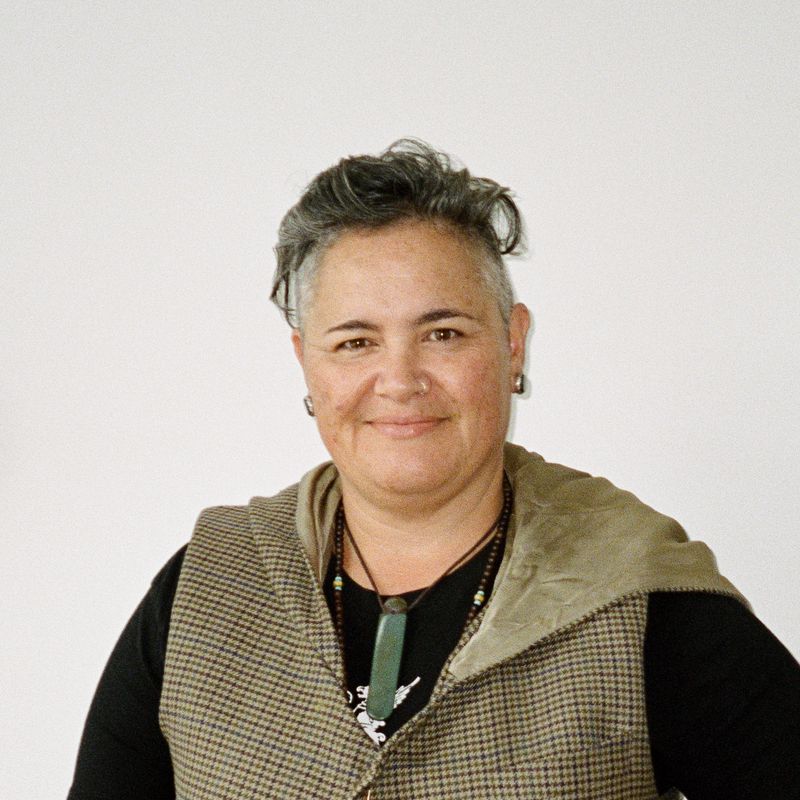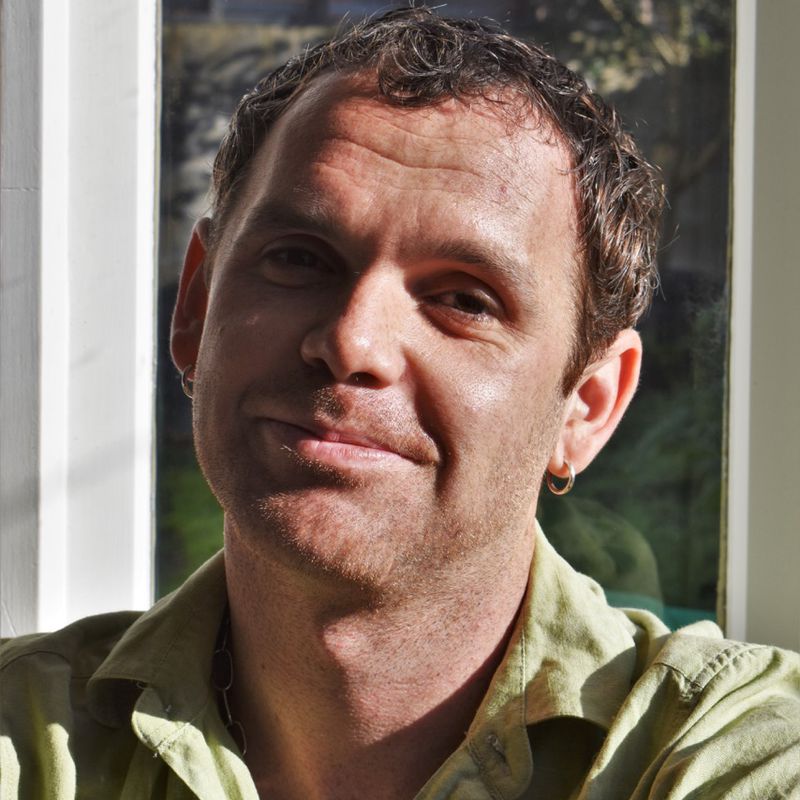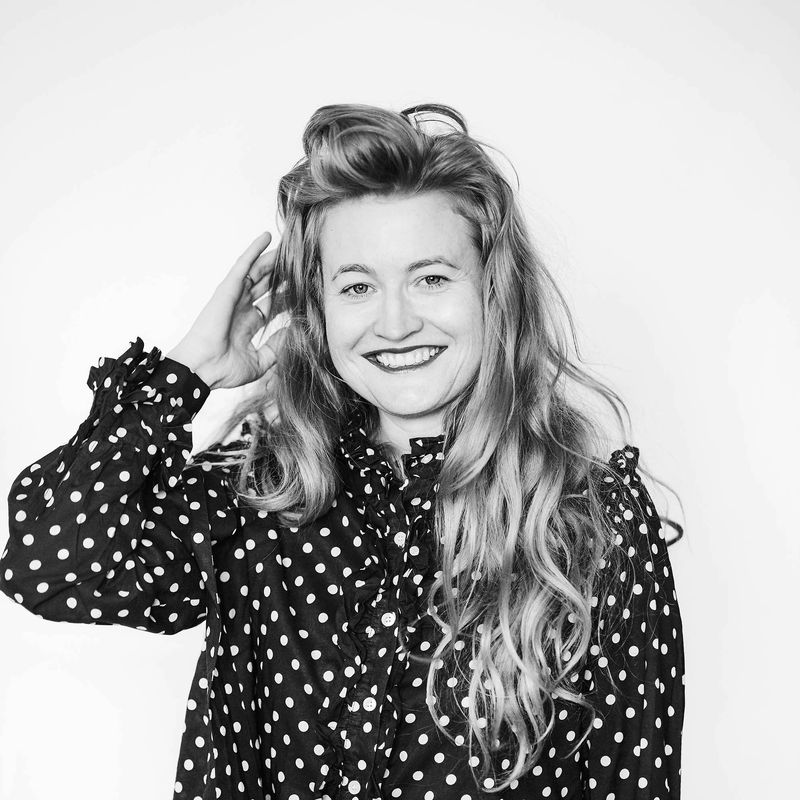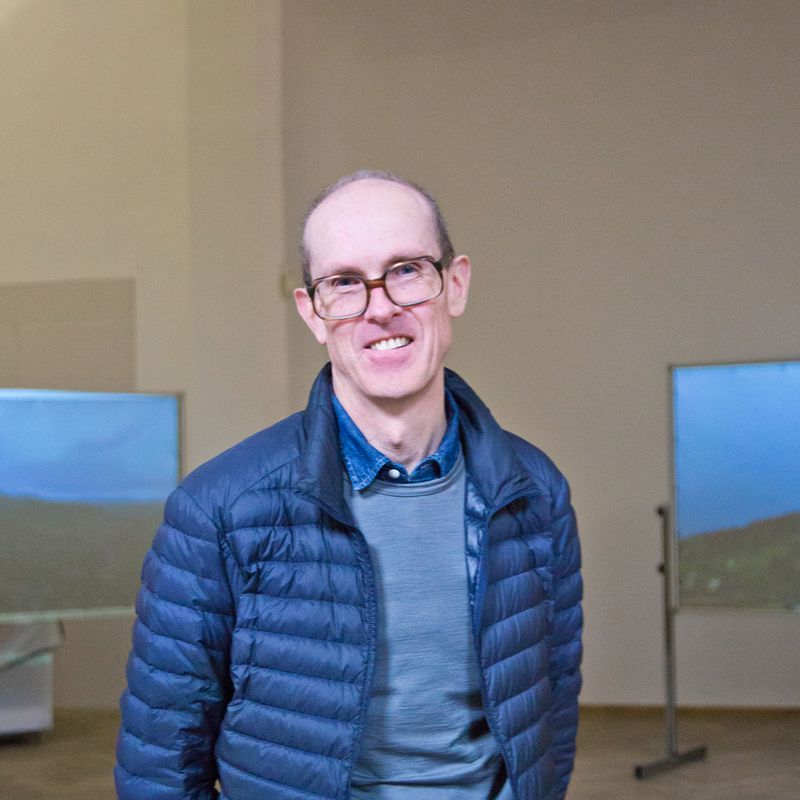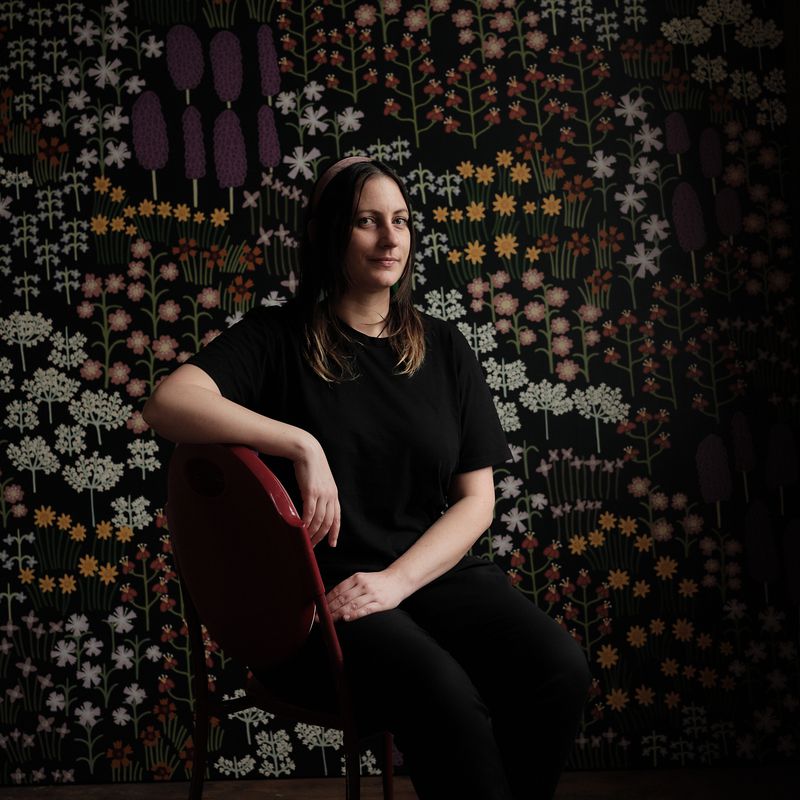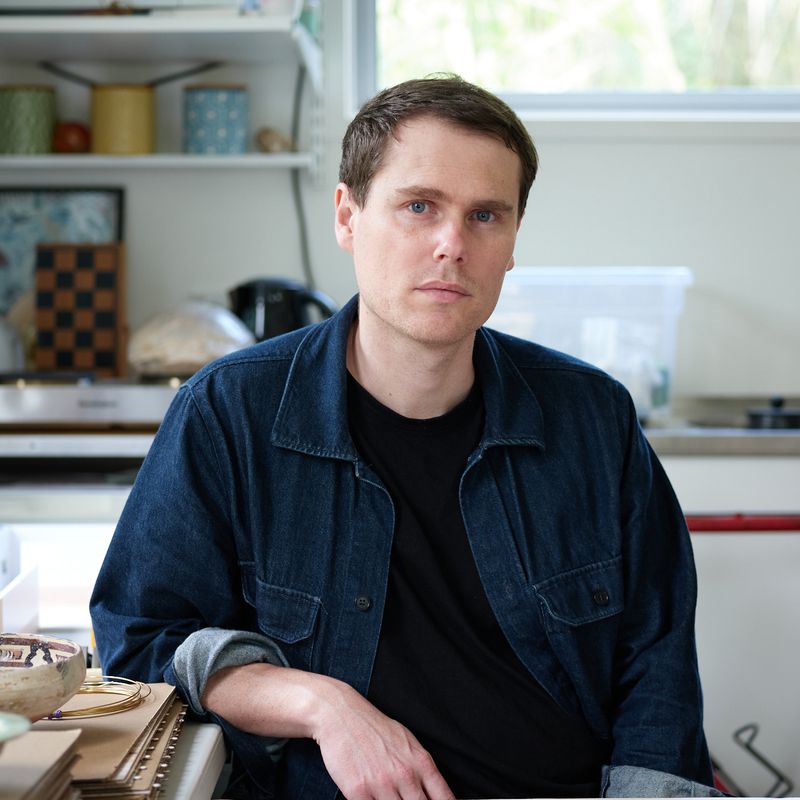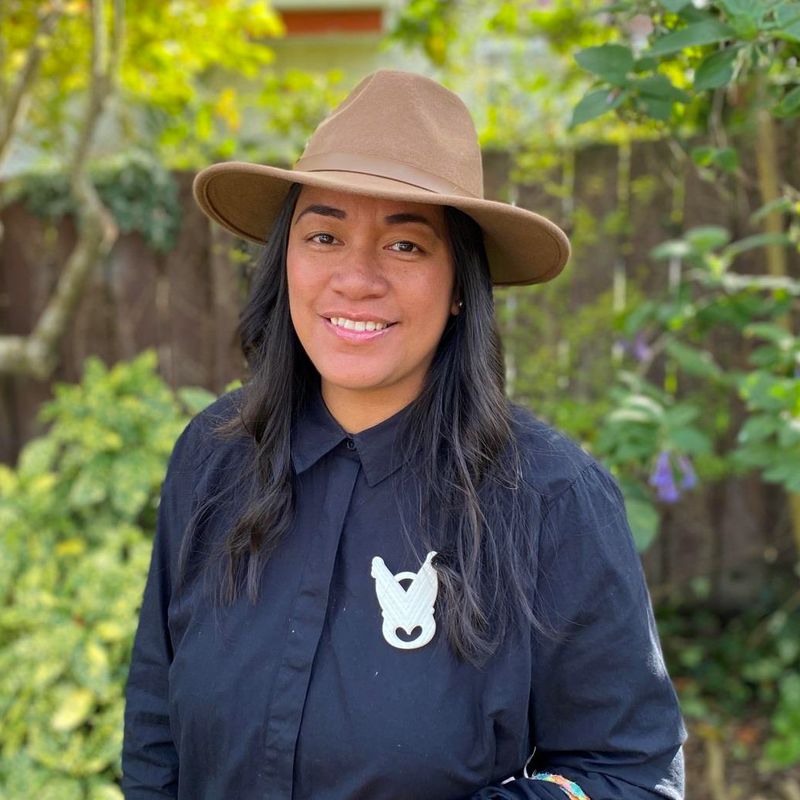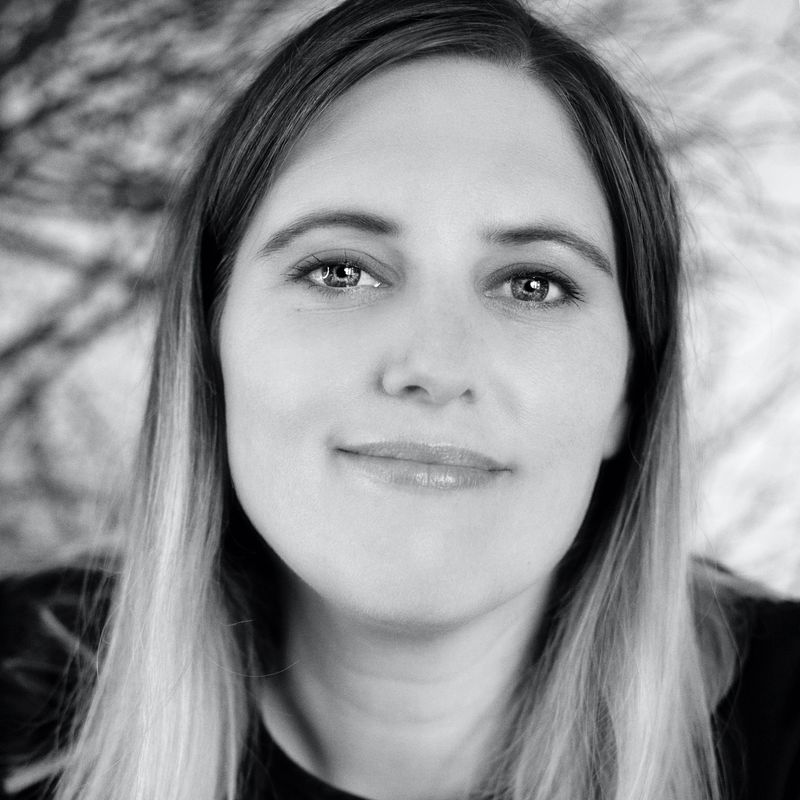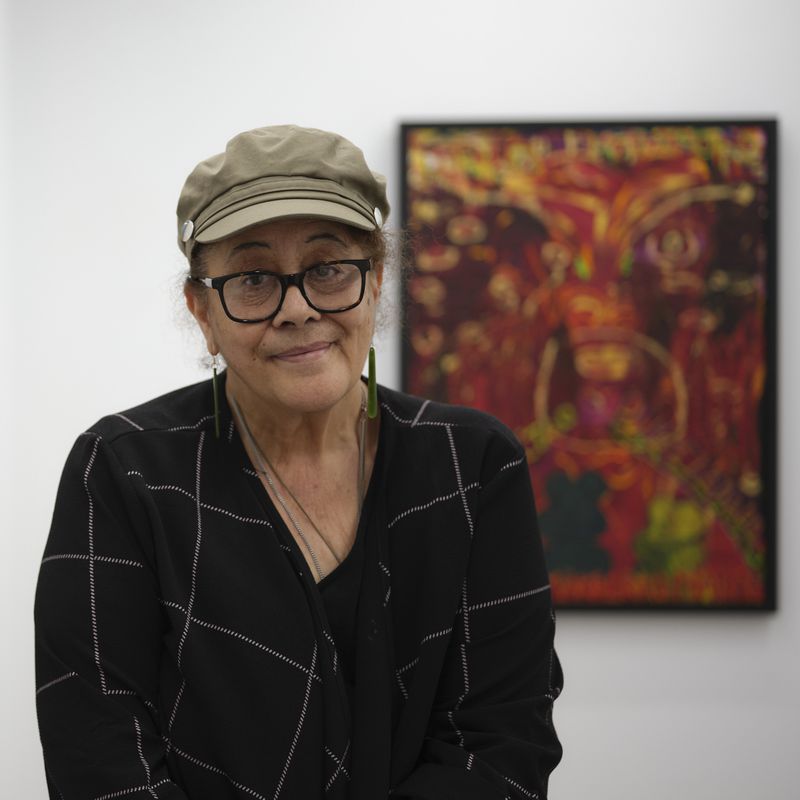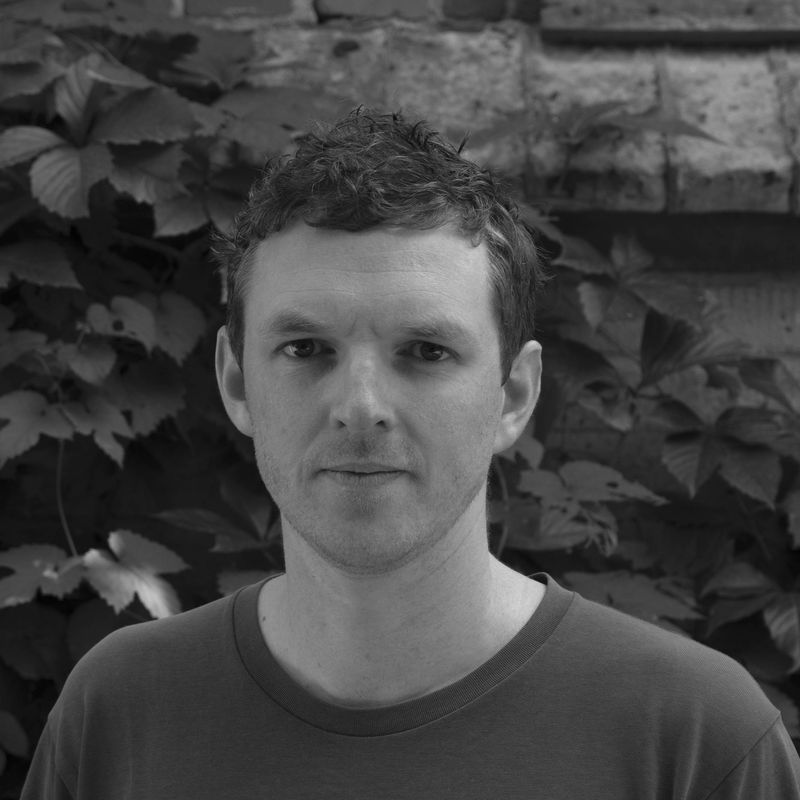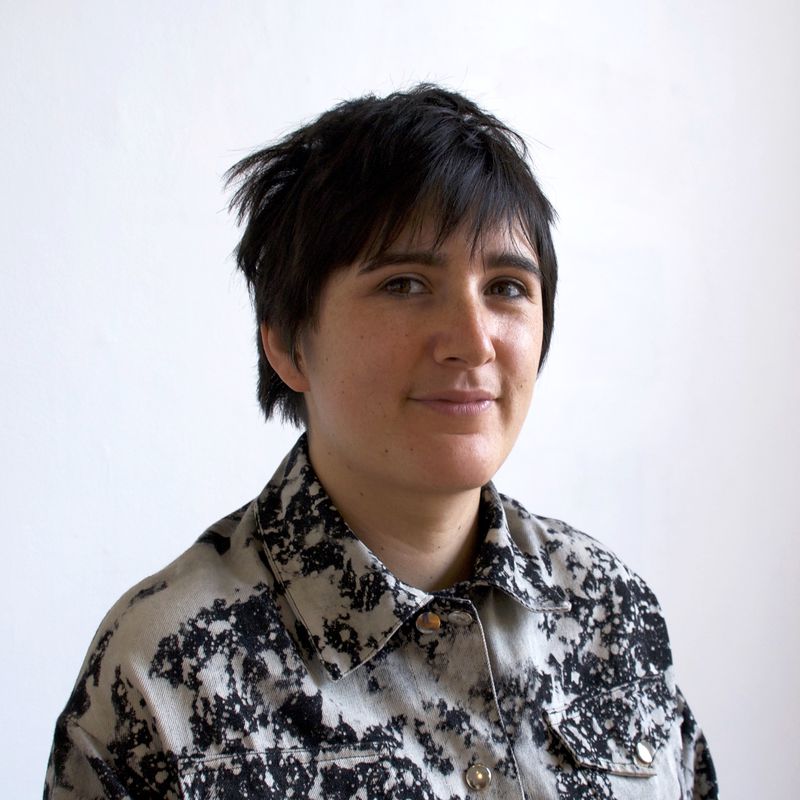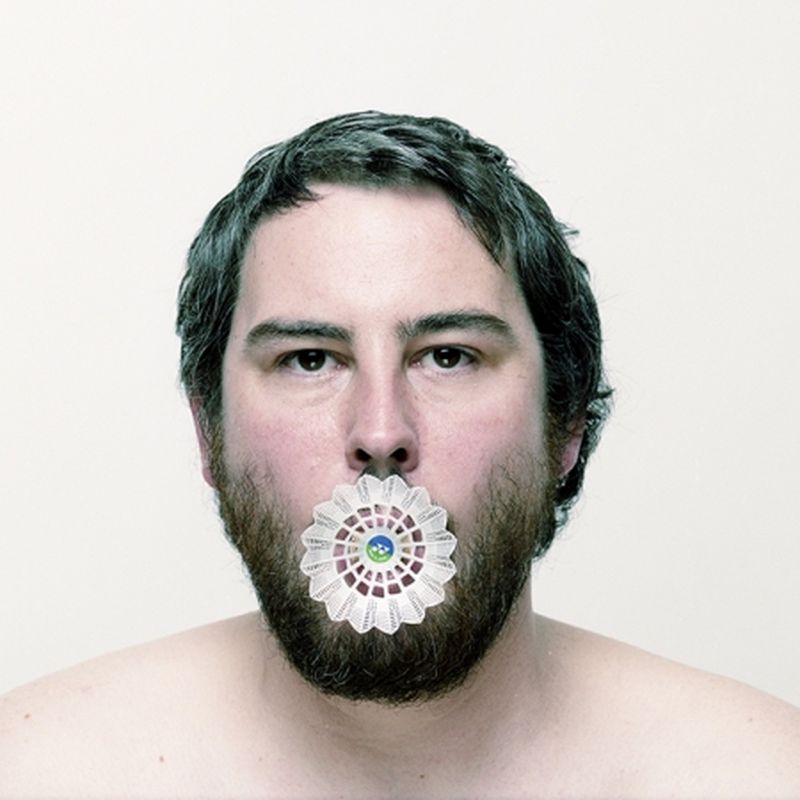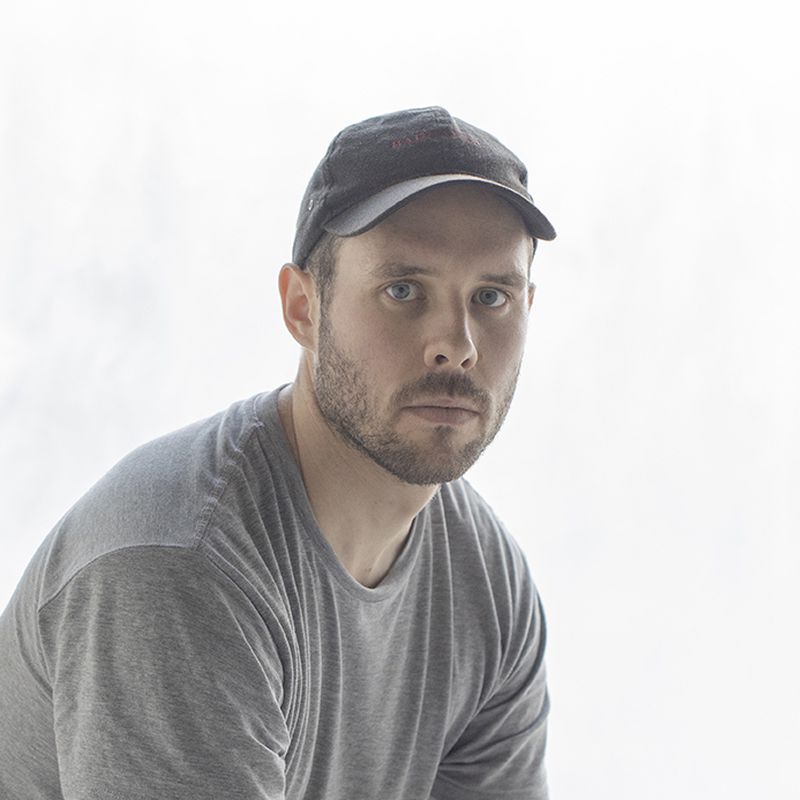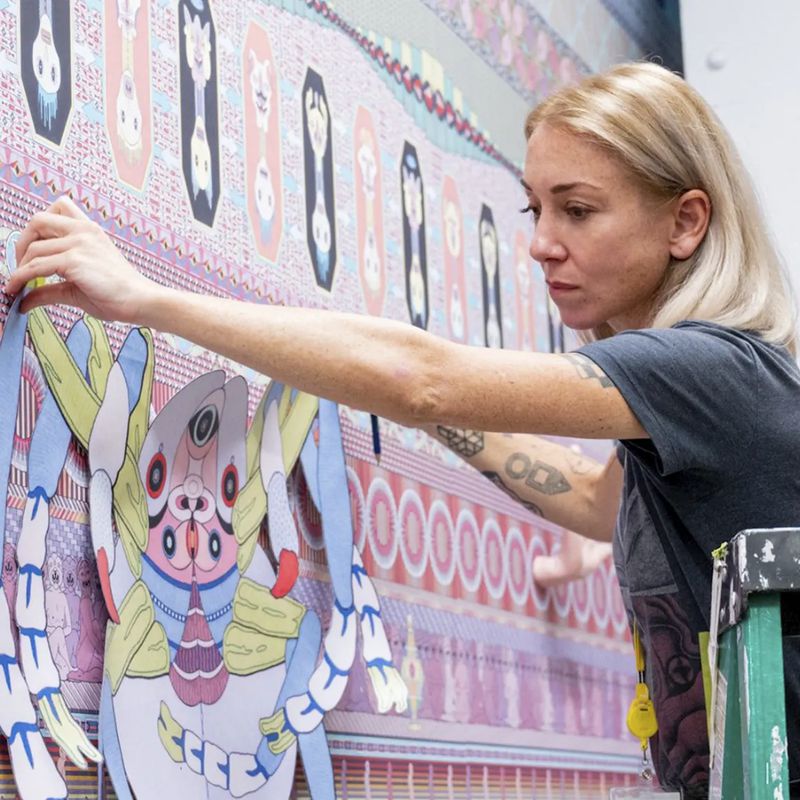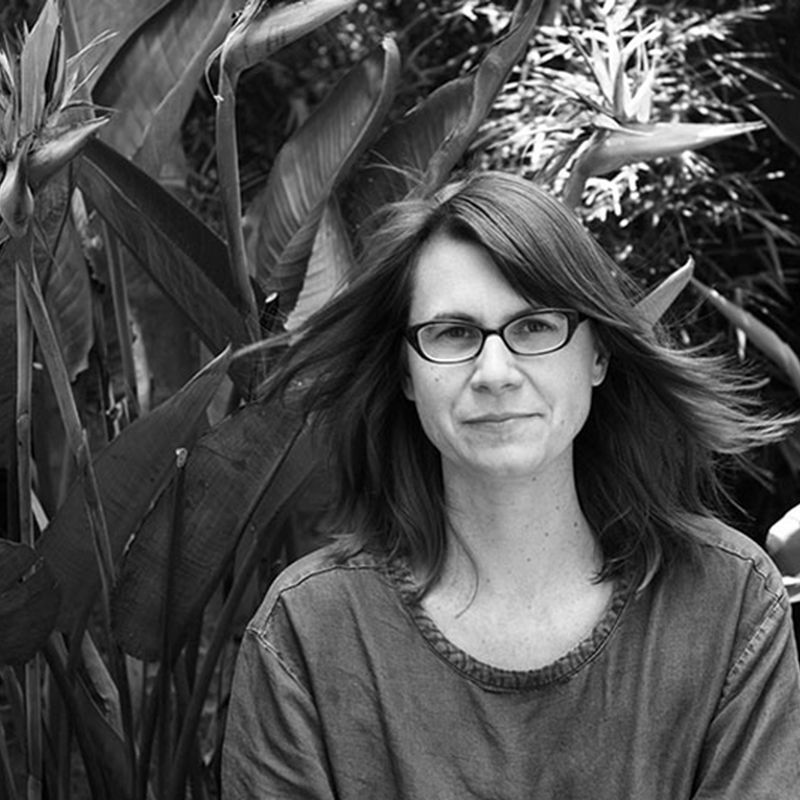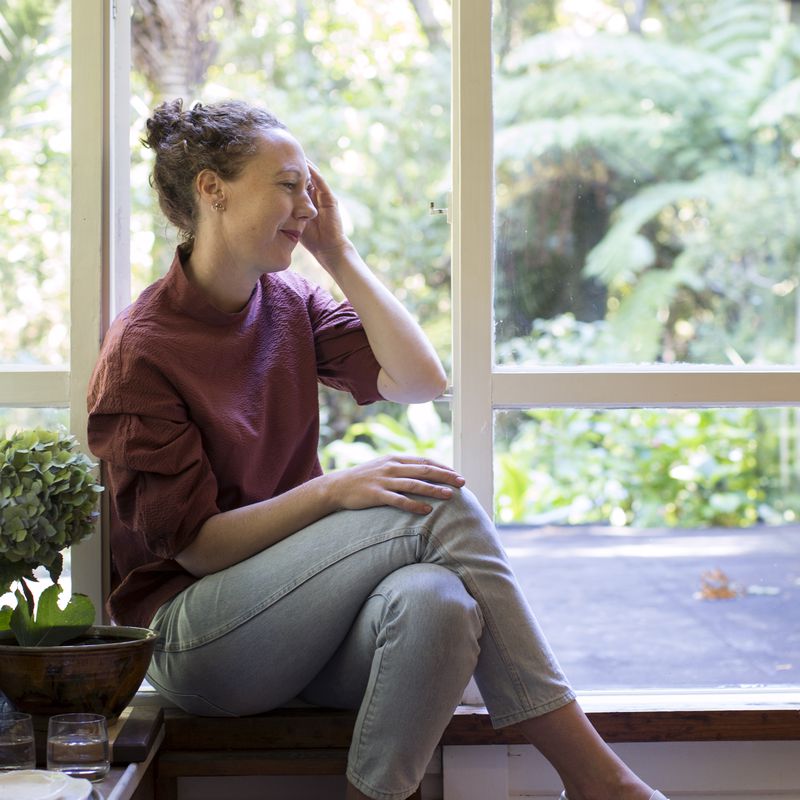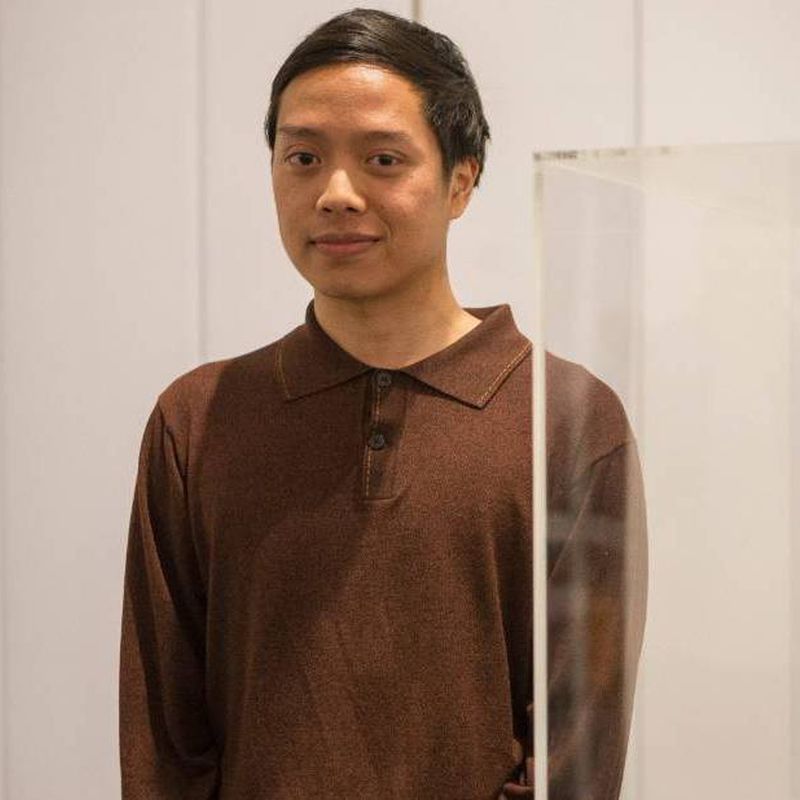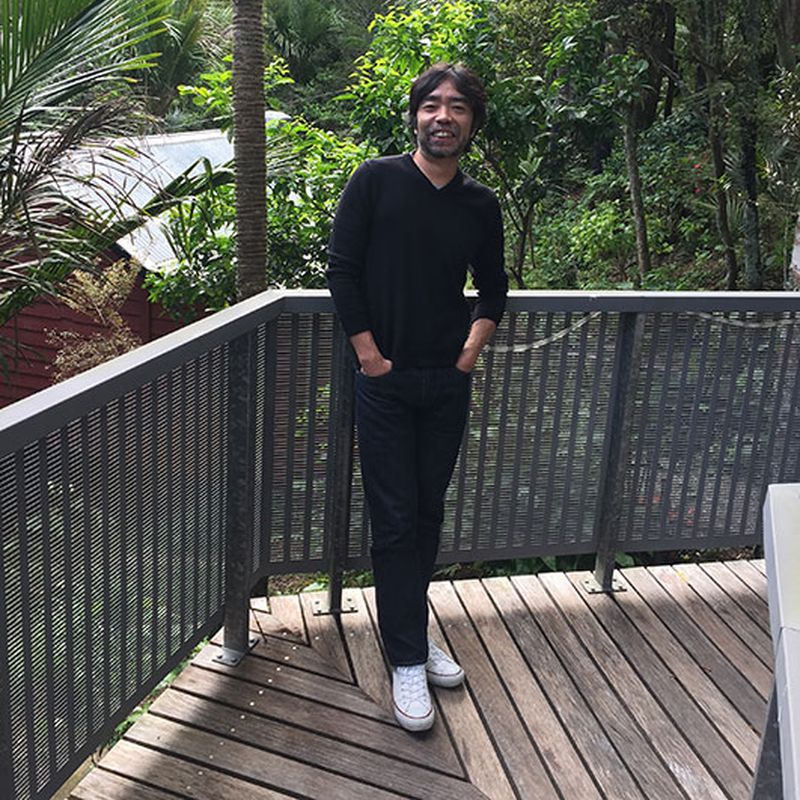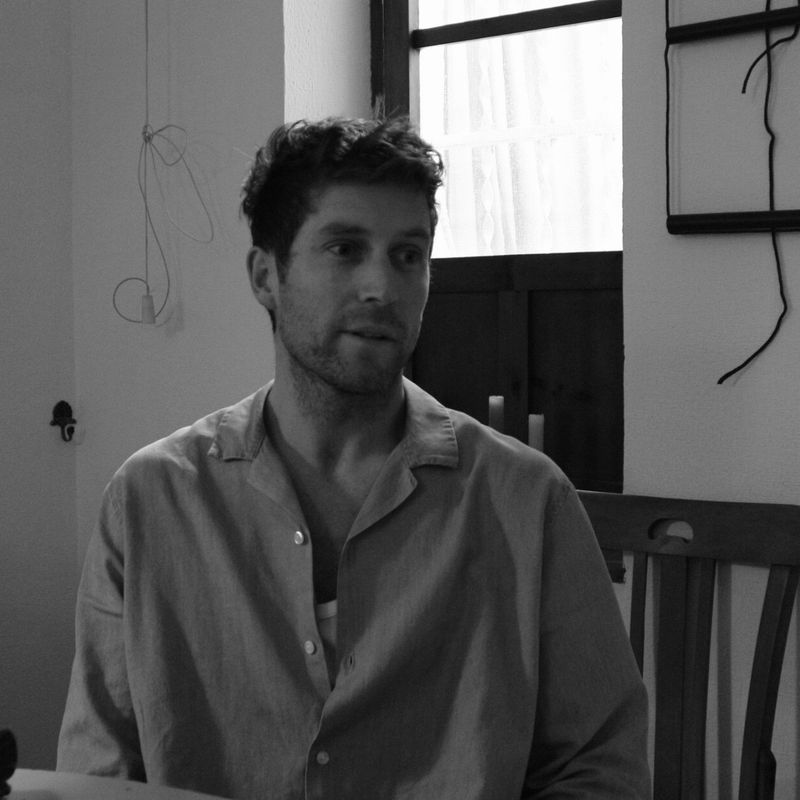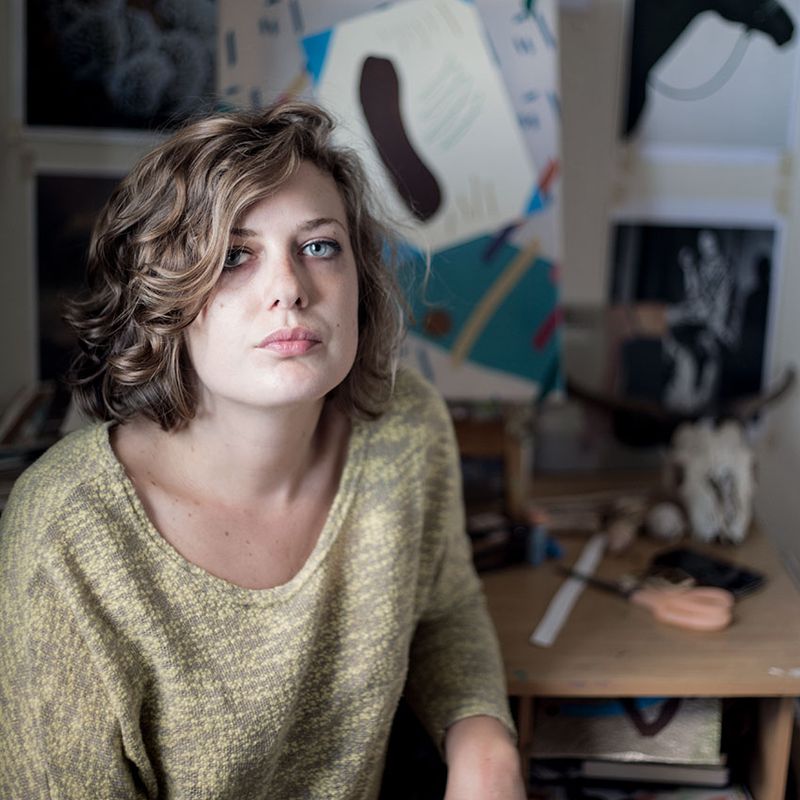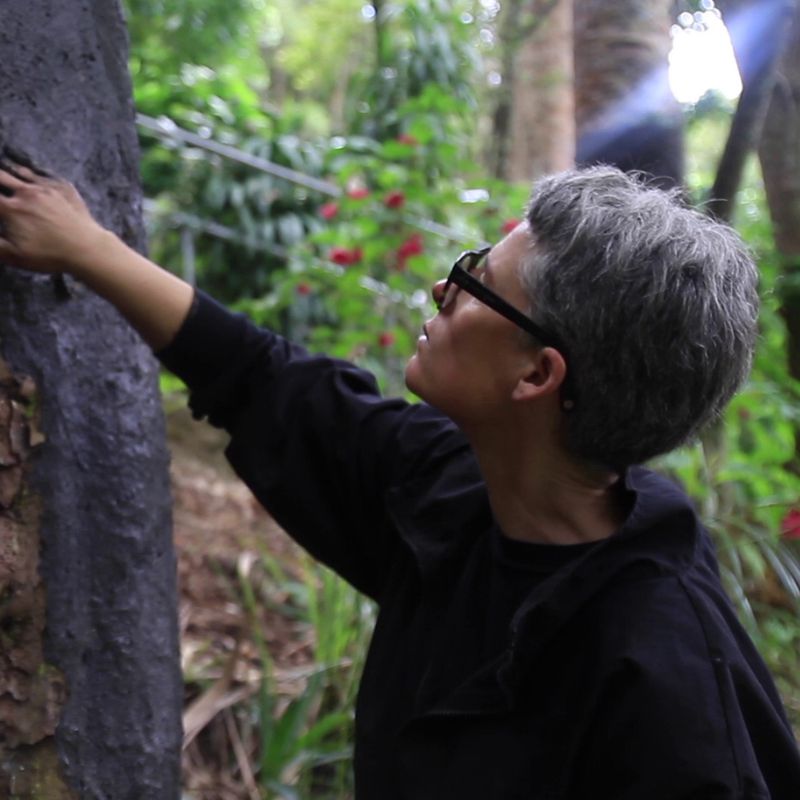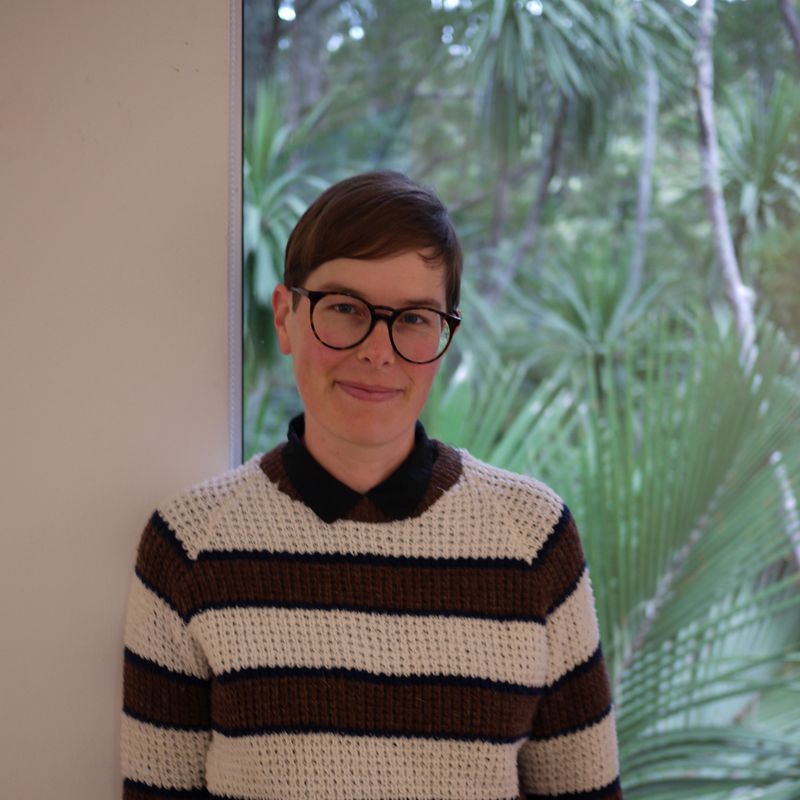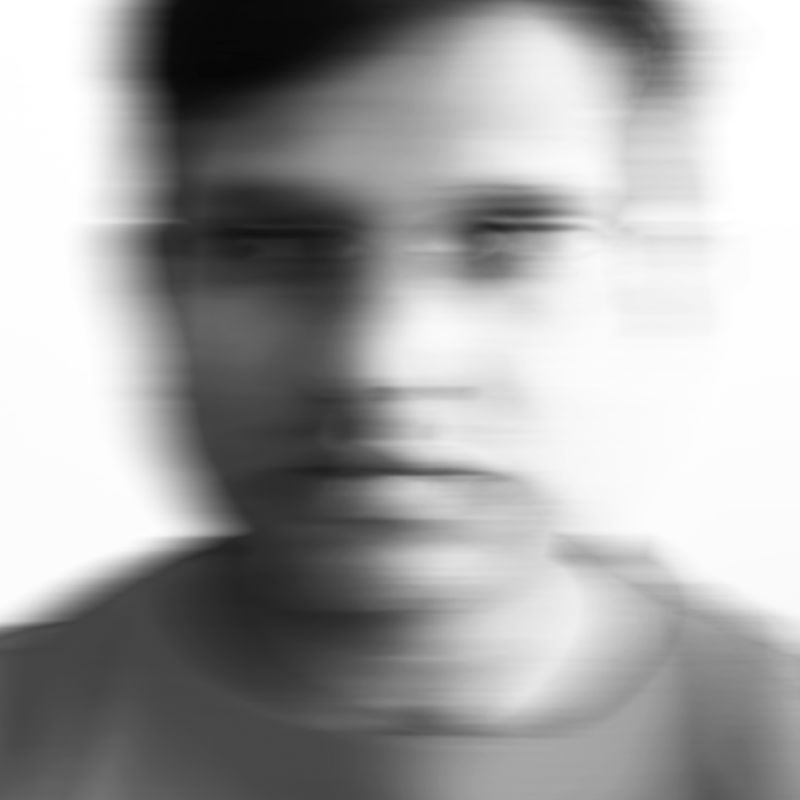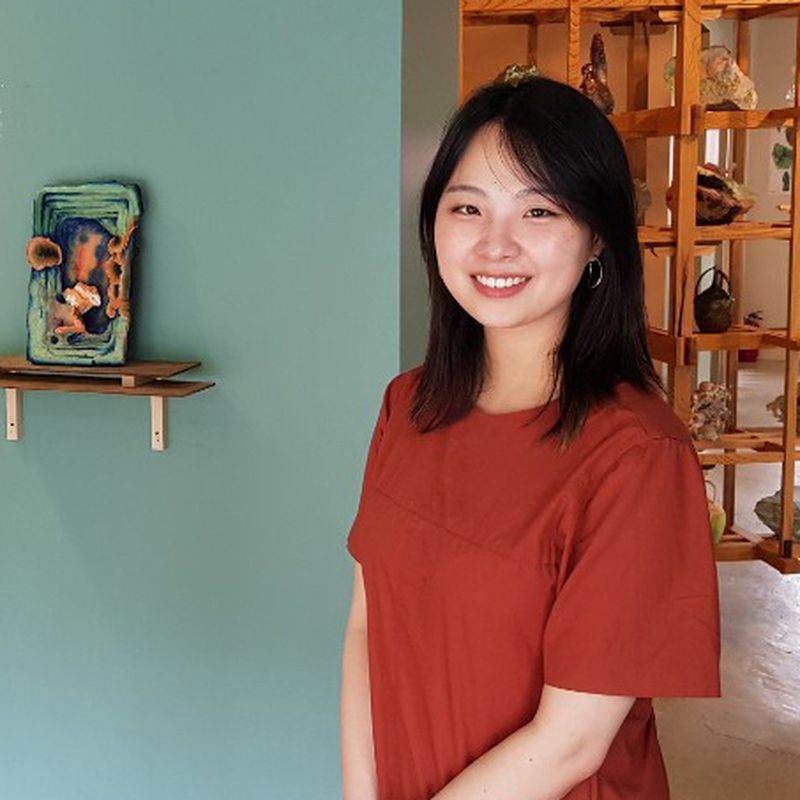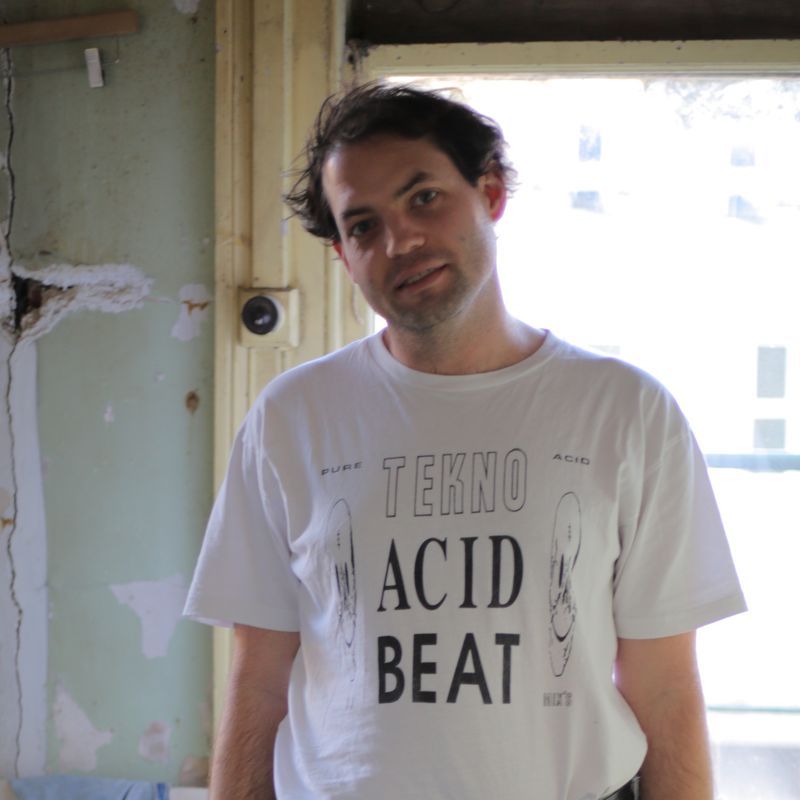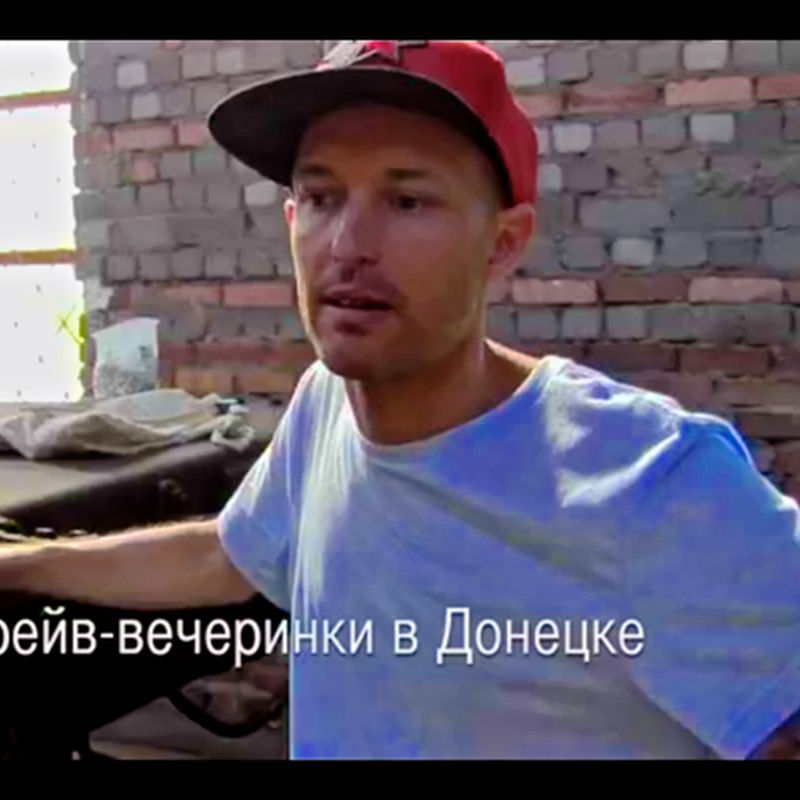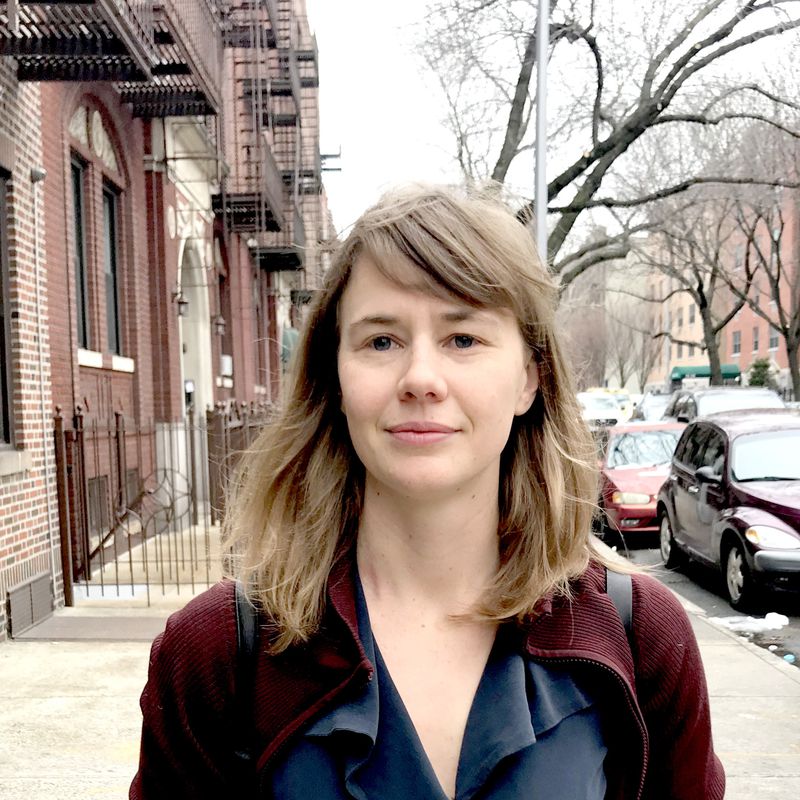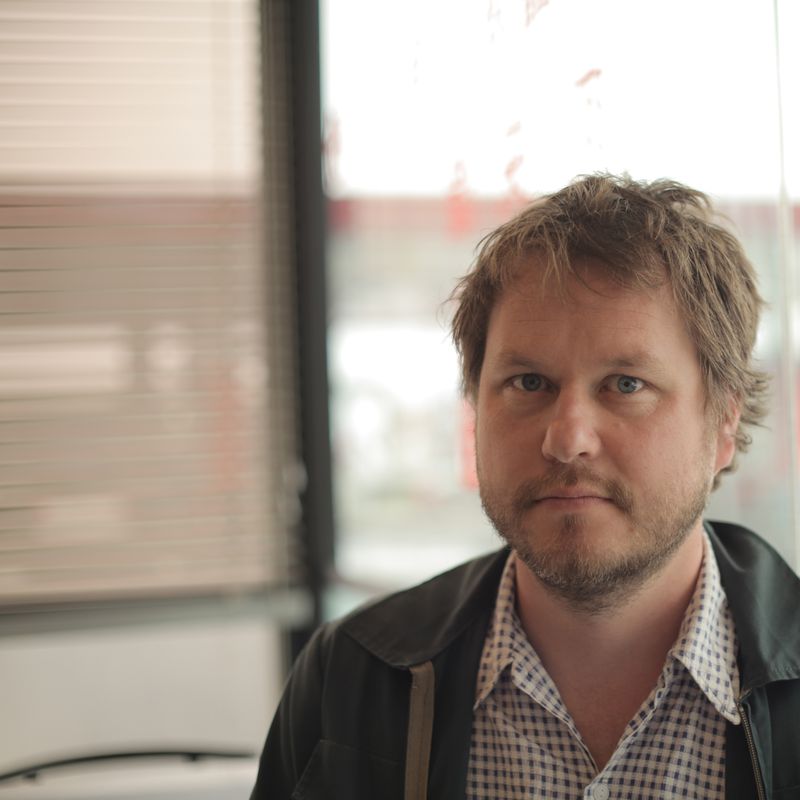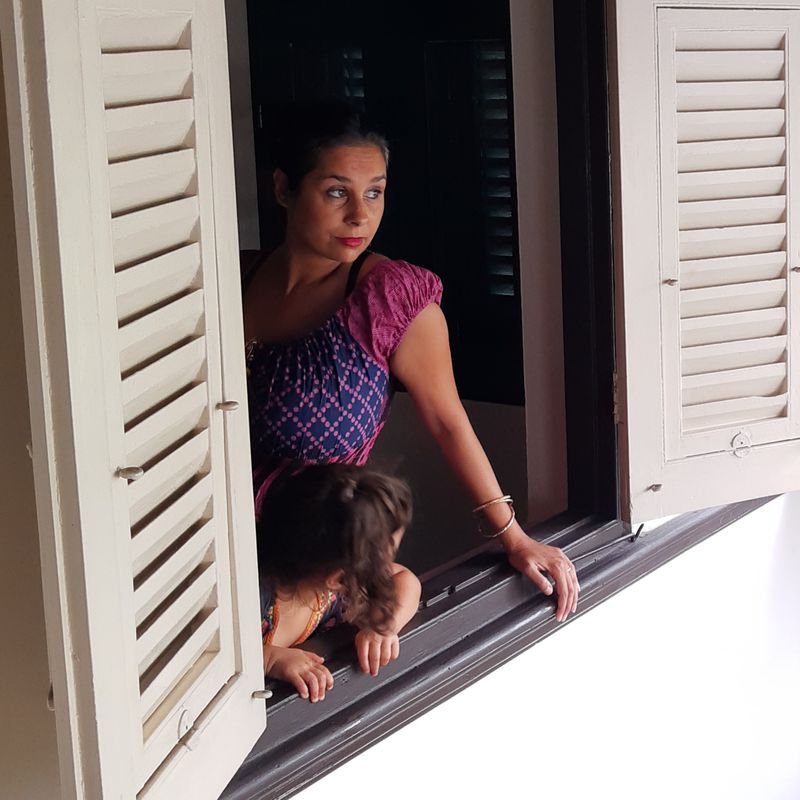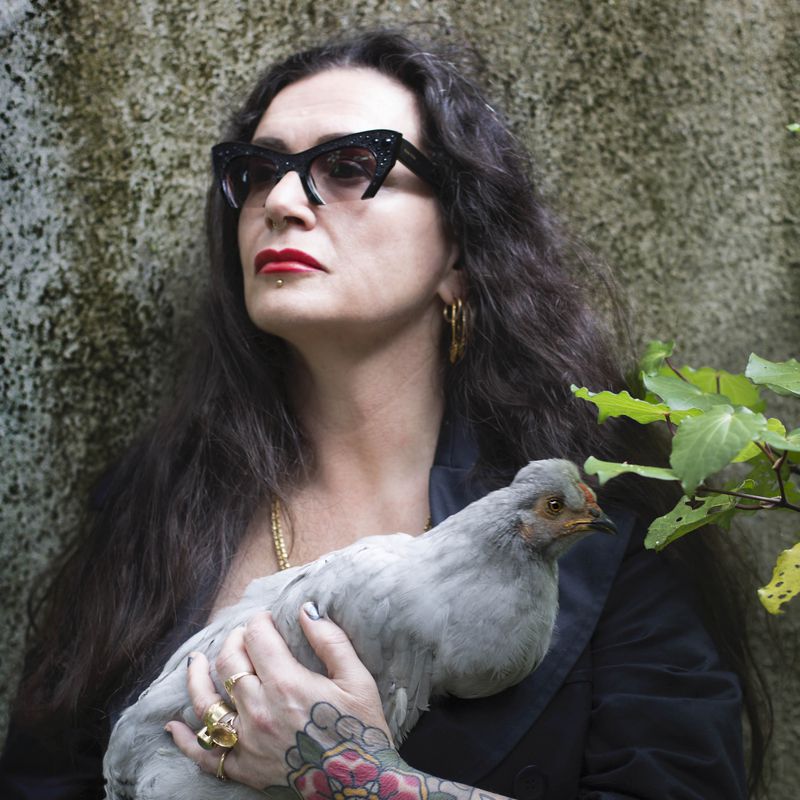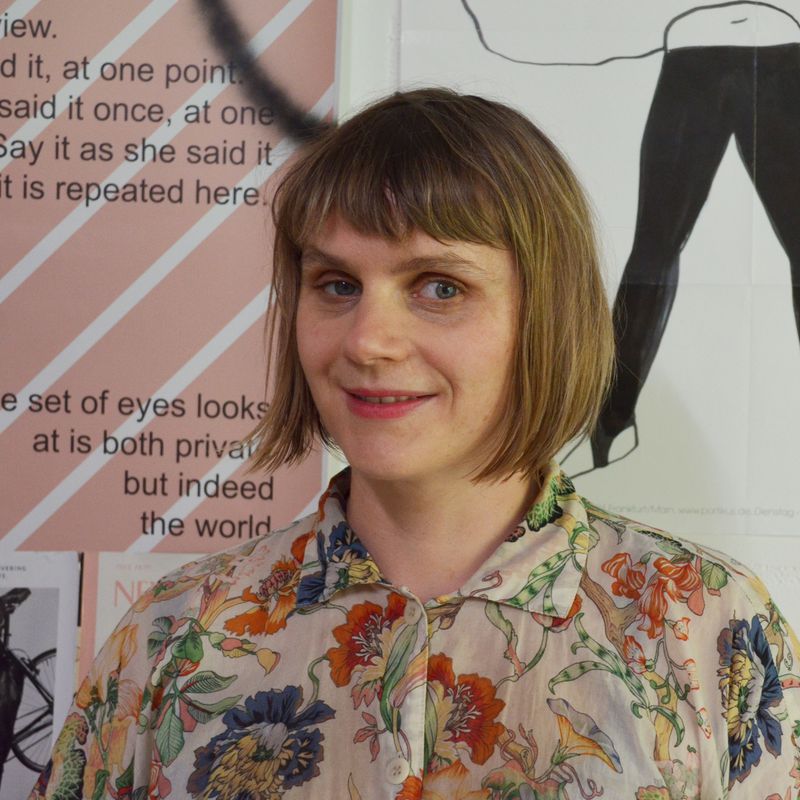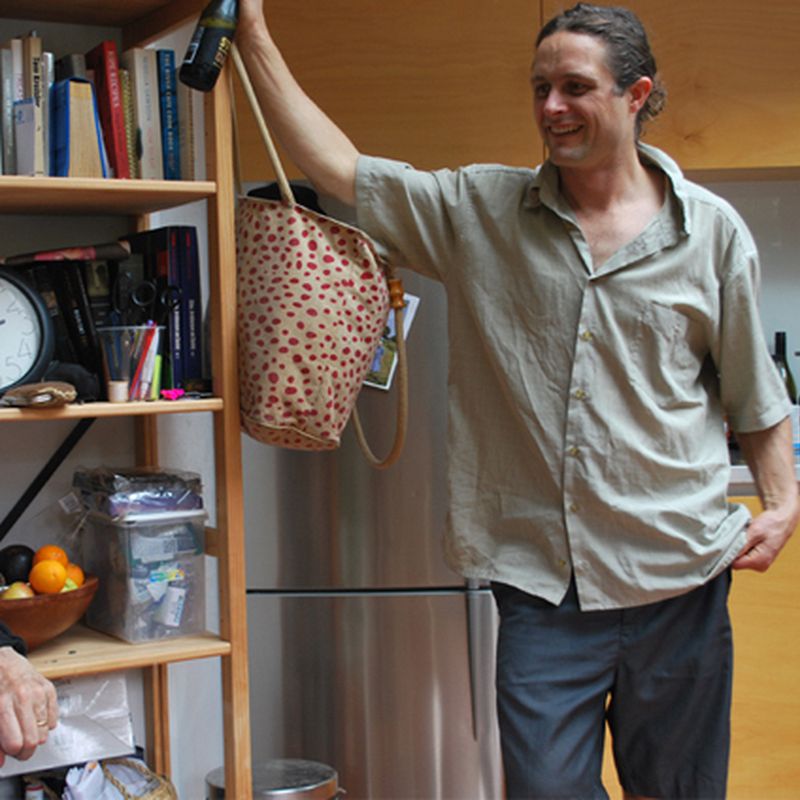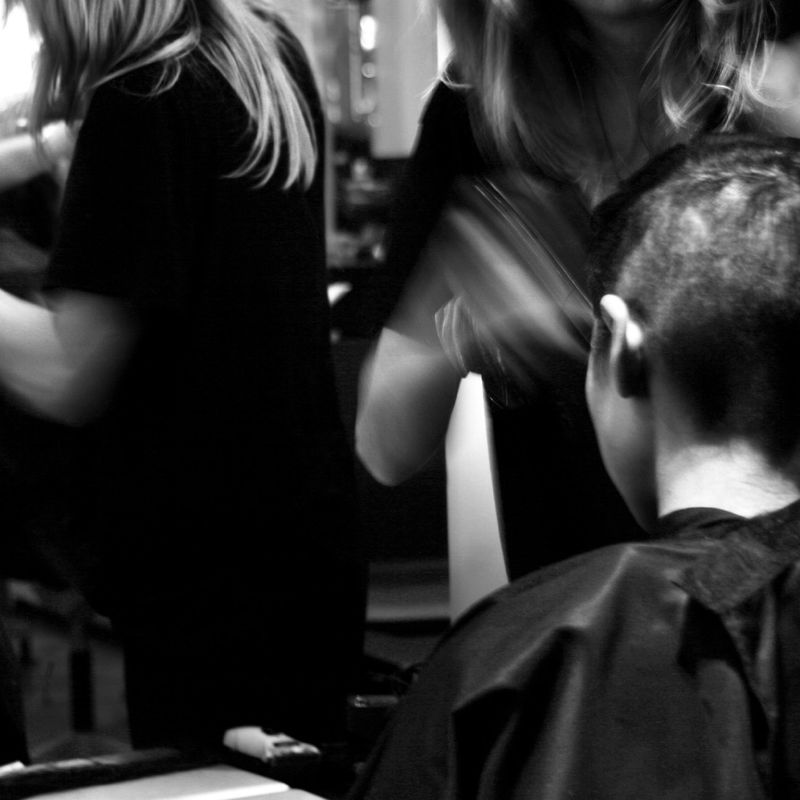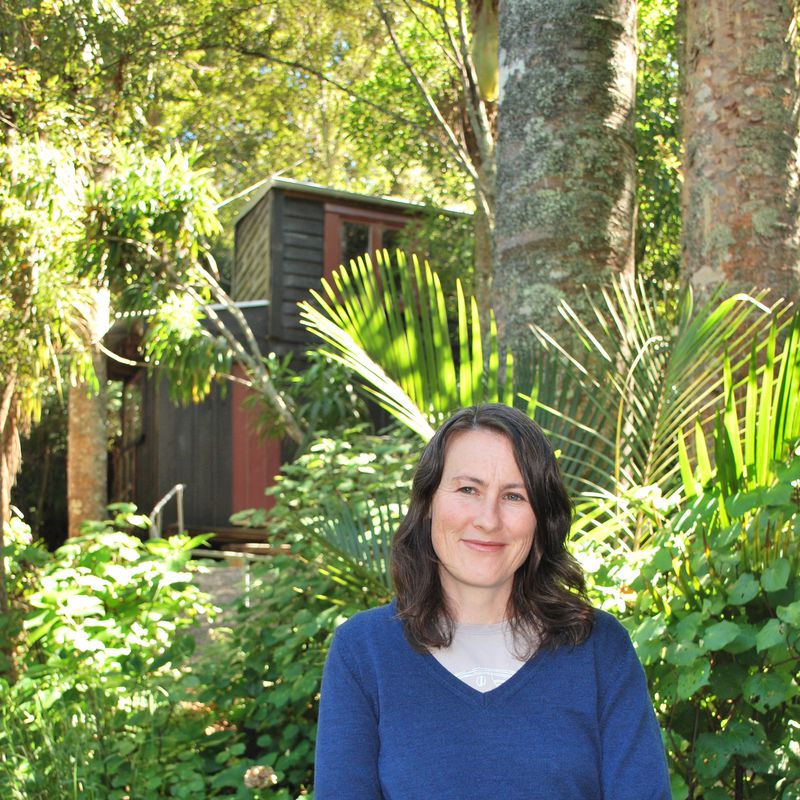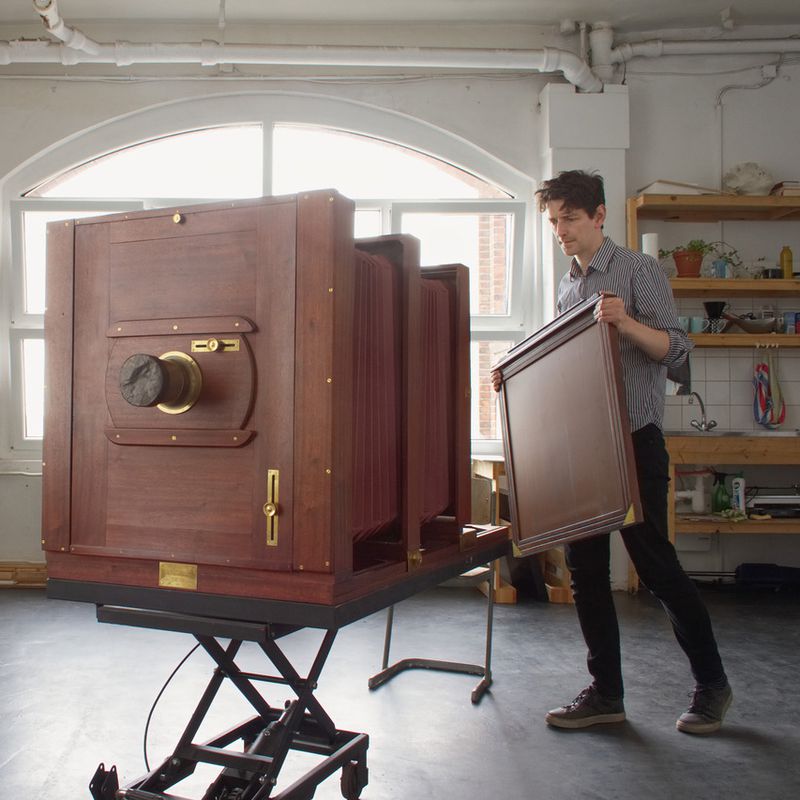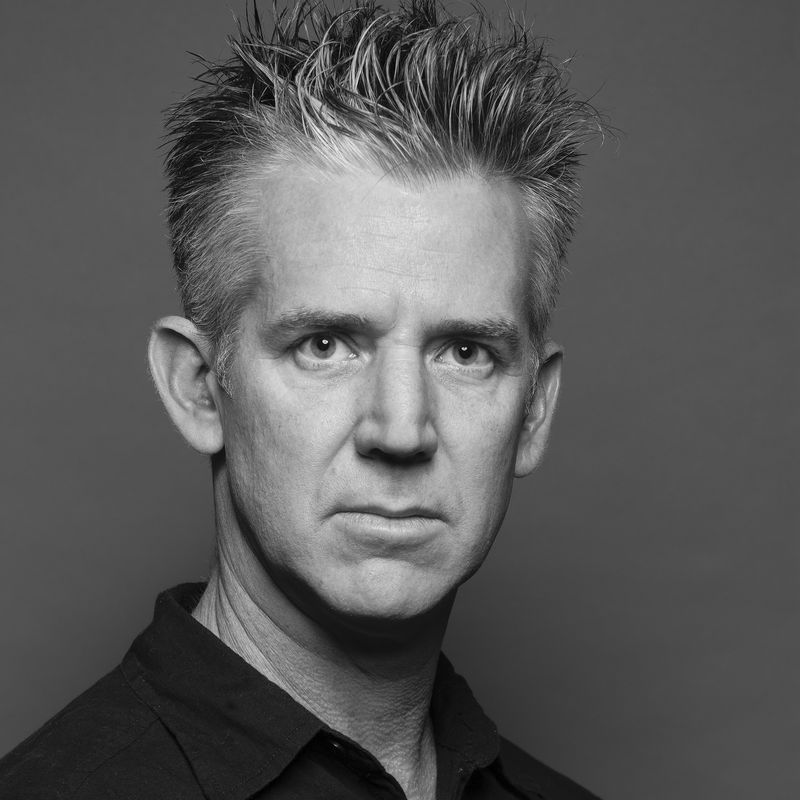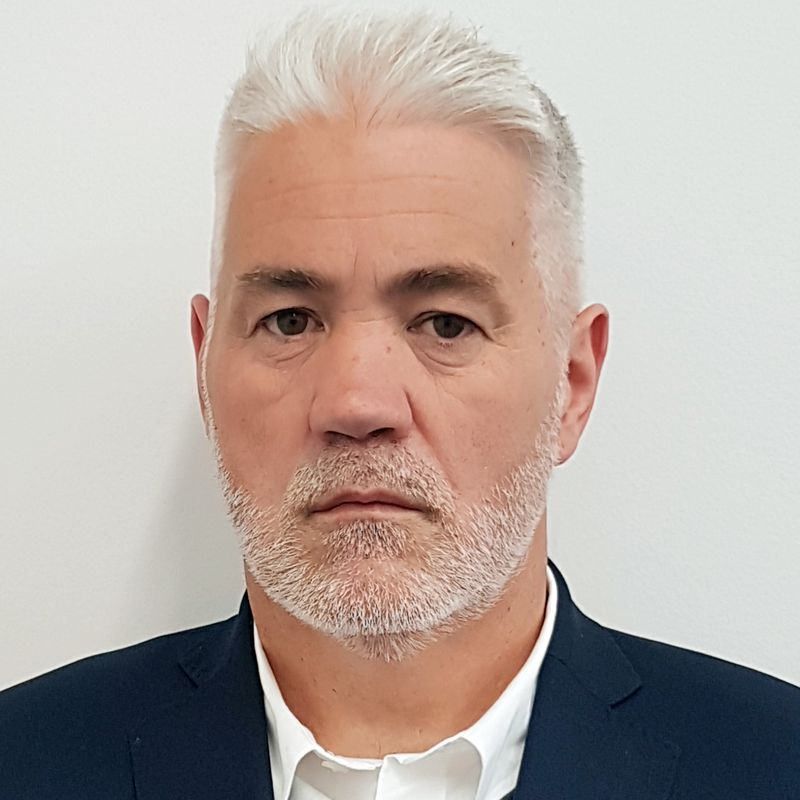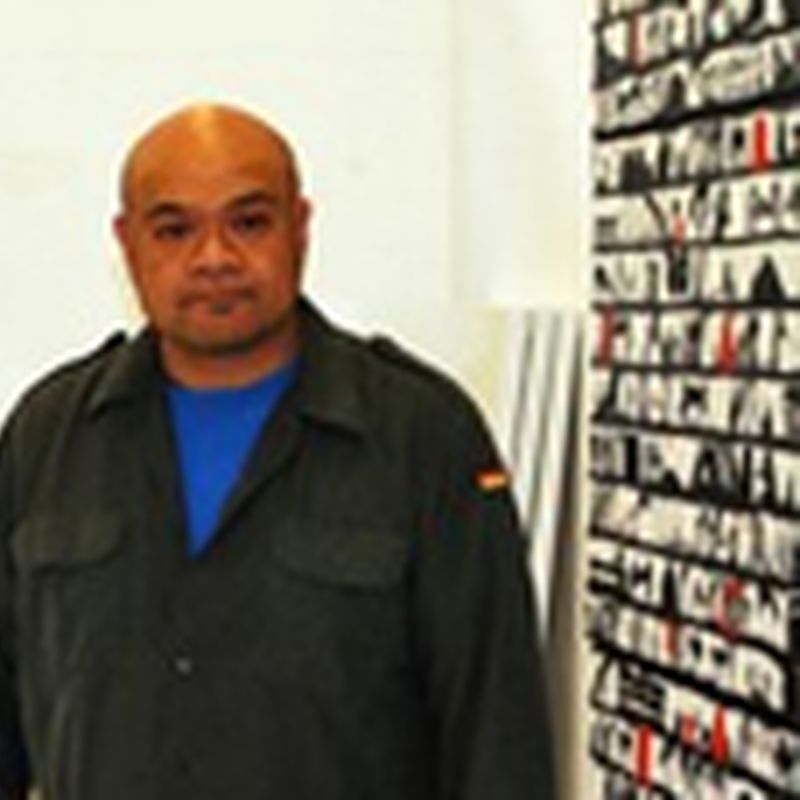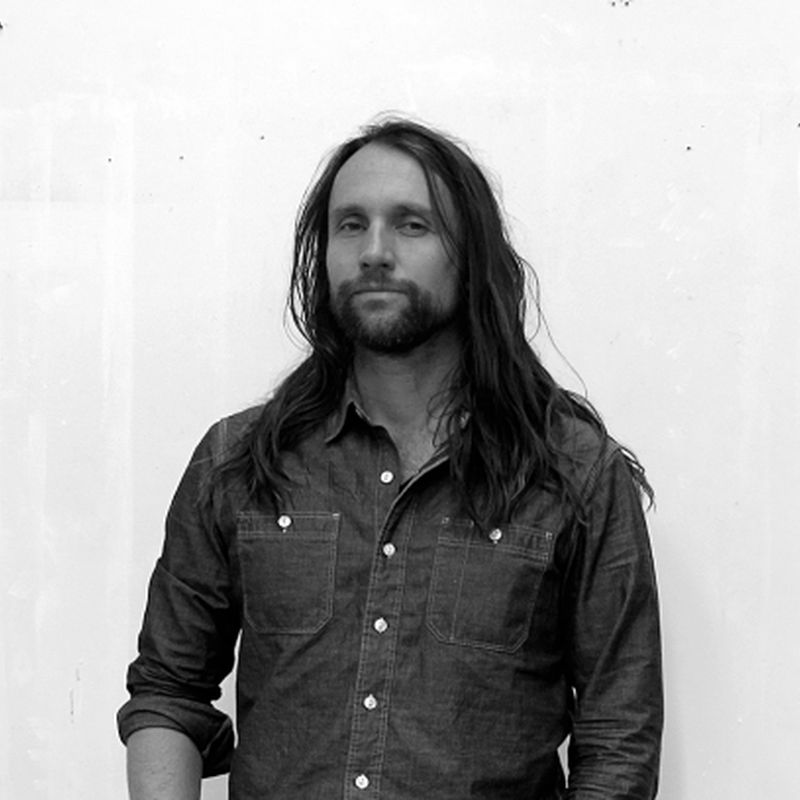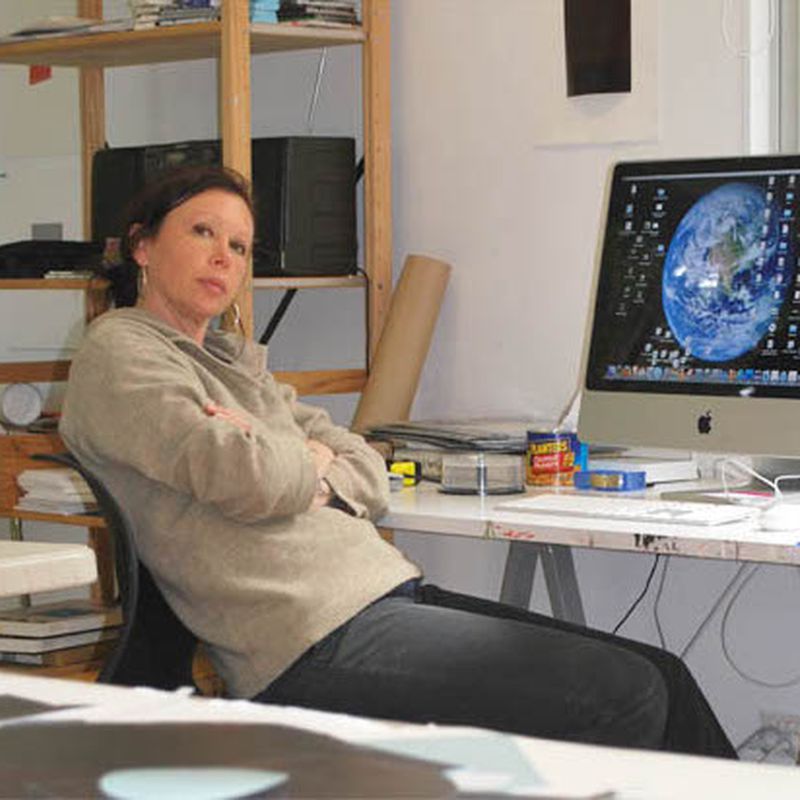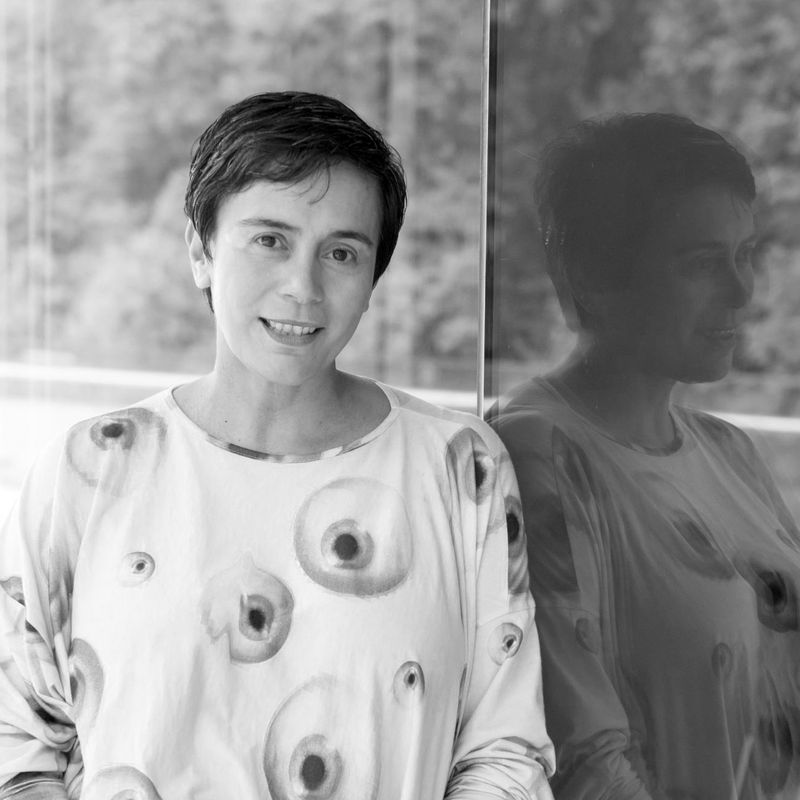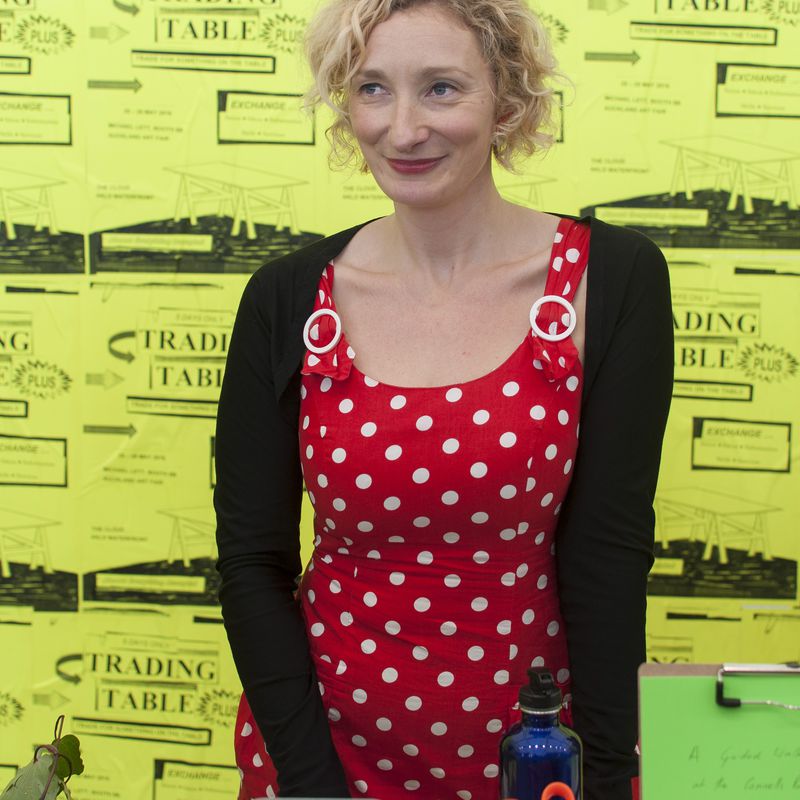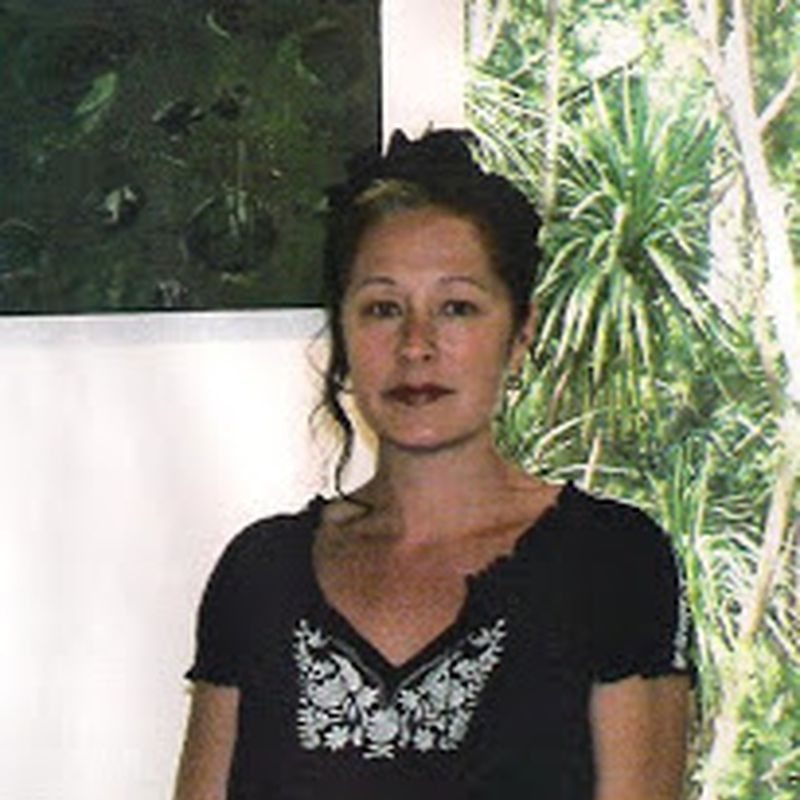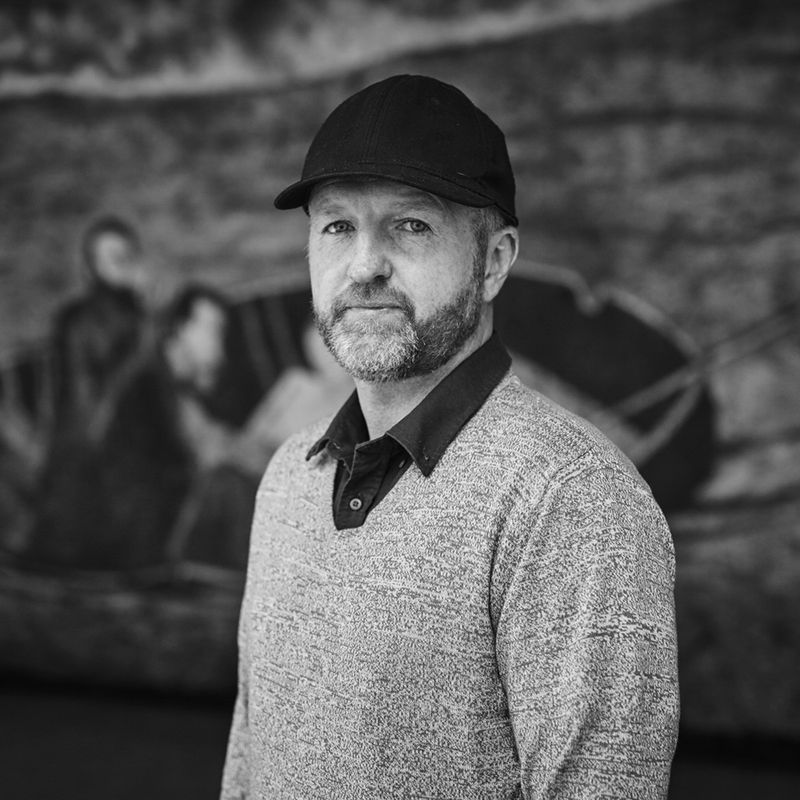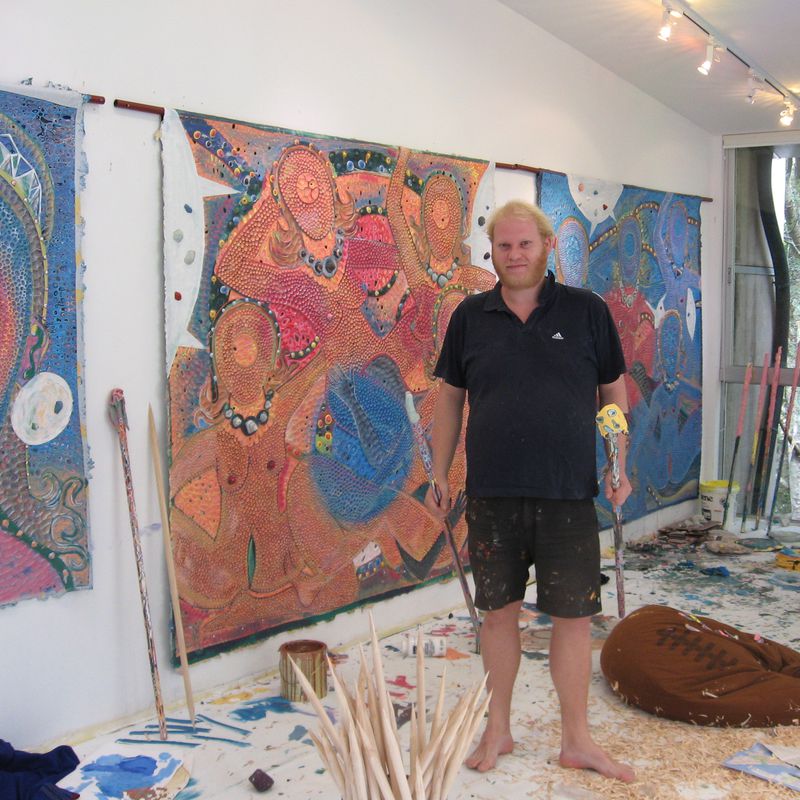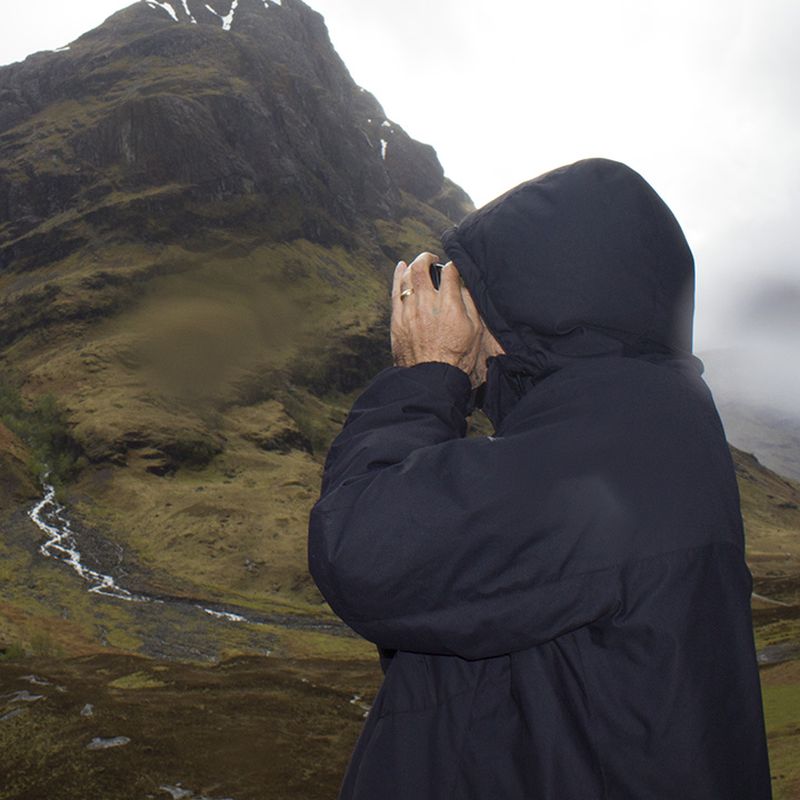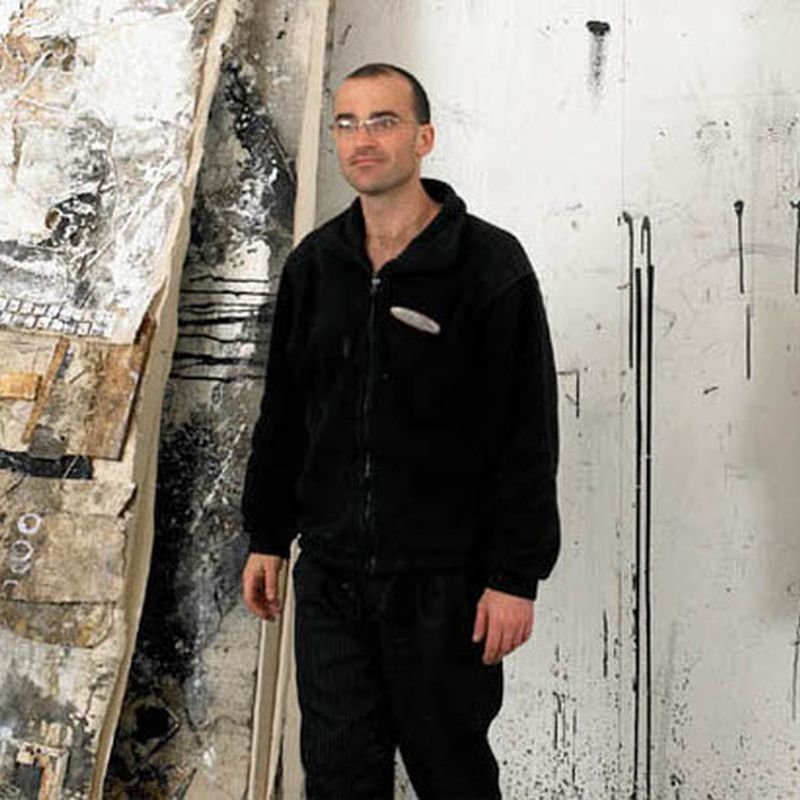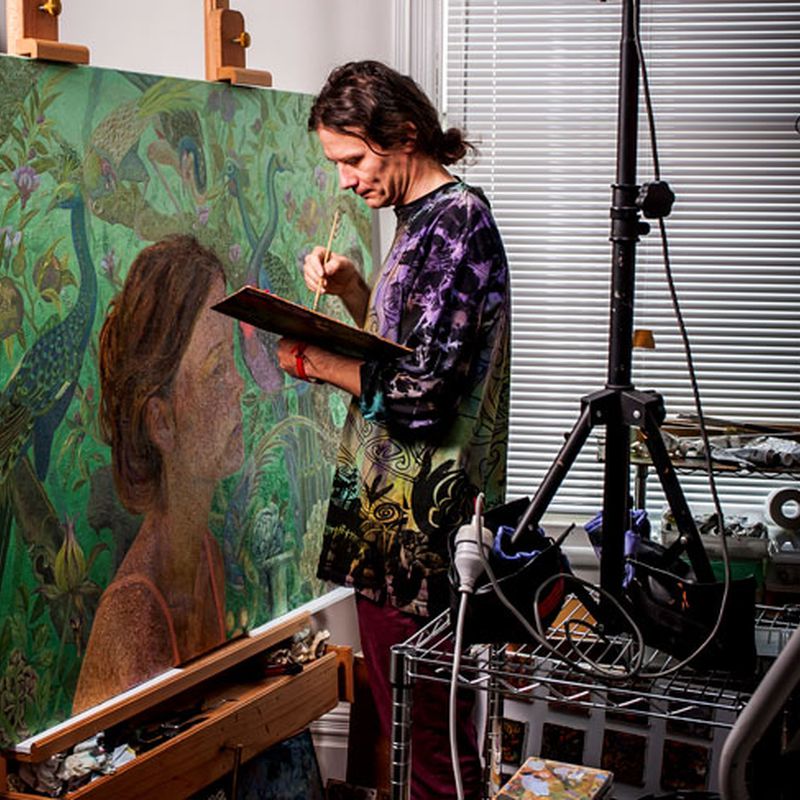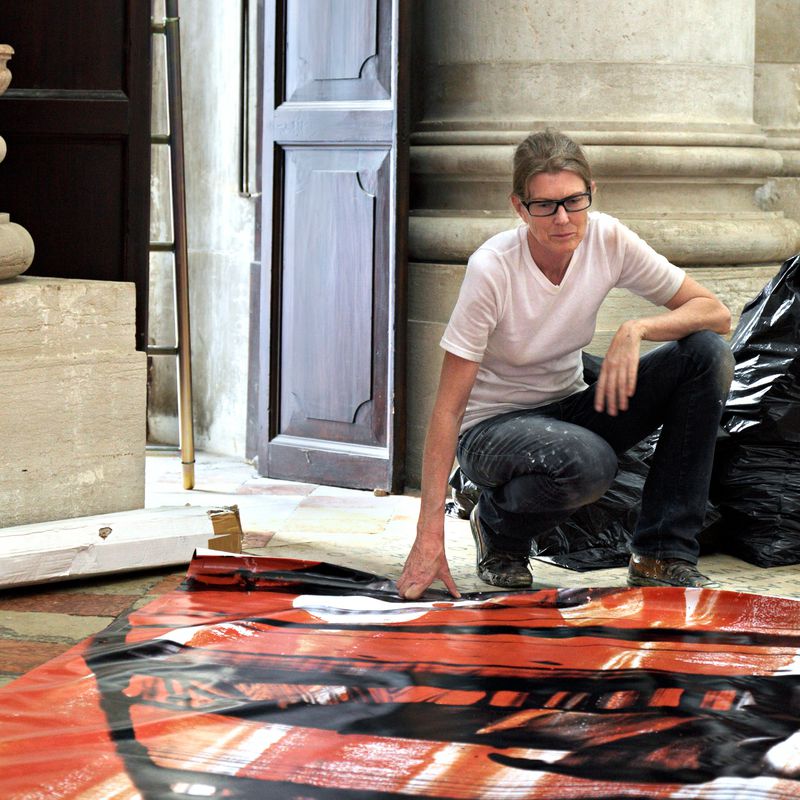- Amy Howden-Chapman2014
- Ana Iti2020
- Andrew McLeod2007
- Andy Leleisi’uao2010
- Anoushka Akel2024
- Ava Seymour2009
- Ayesha Green2022
- Ben Cauchi2011
- Benjamin Work2024
- Bepen Bhana2016
- Campbell Patterson2015
- Cora-Allan Lafaiki Twiss2021
- Dan Arps2014
- Daniel Malone2014
- Emily Karaka2021
- Emma Fitts2018
- Eve Armstrong2009
- Fiona Pardington2013
- Gavin Hipkins2007
- George Watson2024
- Glen Hayward2011
- Imogen Taylor2017
- James Robinson2007
- Jess Johnson2019
- Jim Speers2010
- Juanita McLauchlan2025
- Judy Millar2006
- Kathy Barry2012
- Lisa Reihana2009
- Liyen Chong2012
- Louise Menzies2016
- Luise Fong2008
- Madison Kelly2024
- Martin Basher2010
- Matthew Galloway2025
- Michael Stevenson2023
- Moniek Schrijer2021
- NELL2023
- Neke Moa2023
- Nicola Farquhar2018
- Oliver Perkins2017
- Owen Connors2023
- Regan Gentry2012
- Richard Frater2020
- Richard Lewer2008
- Rohan Wealleans2008
- Rowan Panther2025
- Ruth Buchanan2013
- Sarah Hudson2025
- Sarah Smuts-Kennedy2016
- Sefton Rani2025
- Sorawit Songsataya2018
- Steve Carr2020
- Suji Park2015
- Tanu Gago2022
- Taro Shinoda2017
- Tiffany Singh2013
- Tim Wagg2019
- Wayne Youle2019
- Zac Langdon-Pole2022
Sefton Rani
YEAR OF RESIDENCY
January - April 2025
Sefton Rani is a self-taught artist of Cook Island heritage who lives and works in Tāmaki. He has had an ongoing practice for over a decade, exhibiting and engaging with a range of galleries and public institutions across Aotearoa. Rani's work is an investigation into Pasifika identity within the context of working class and industrial Auckland. He explores the materiality of paint, experimenting with the boundaries between painting, sculpture, carving, and heritage art through process-driven works that capture the physicality of his mark making methods and reference a history of labour and cultural production. Sefton's time at Parehuia will mark a transformational point in his career as an artist. After his home and studio were destroyed by cyclone Gabrielle in 2023, he was forced to adapt and develop his work in response to these changed circumstances. Displacement, both physically and spiritually, becoming a key narrative. During his residency, Rani intends to further extend these ideas into a new, unified direction and body of work.
Artist Artworks
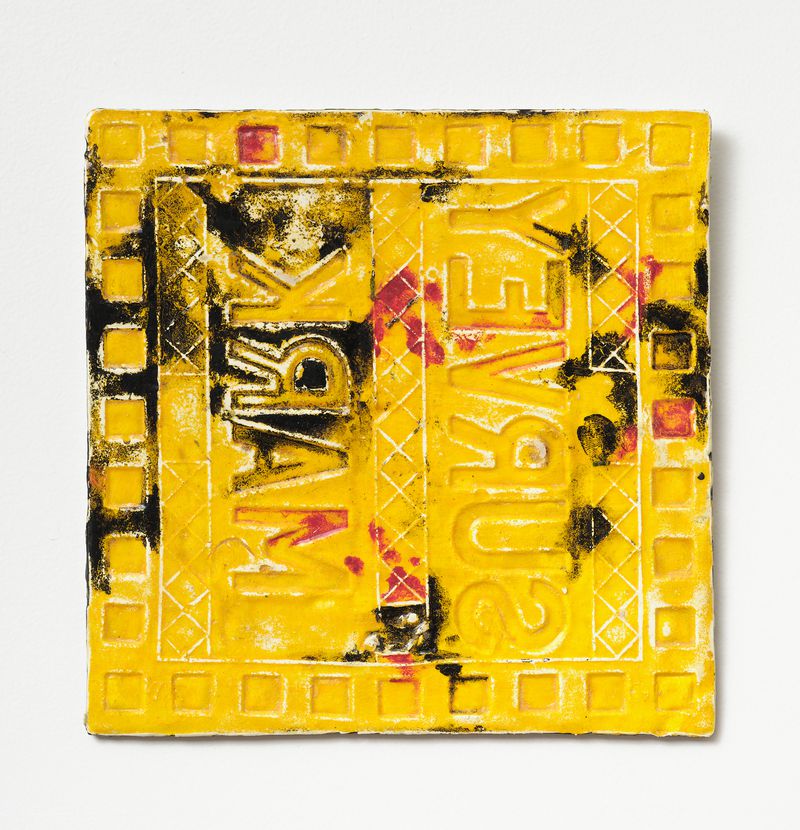
Sefton Rani
Abstract Tapa 3
2025
acrylic paint skins, acrylic enamel, acrylic polyurethane on Aluminium Composite Material
265 x 265mm
$1,500
Photo: Sam Hartnett
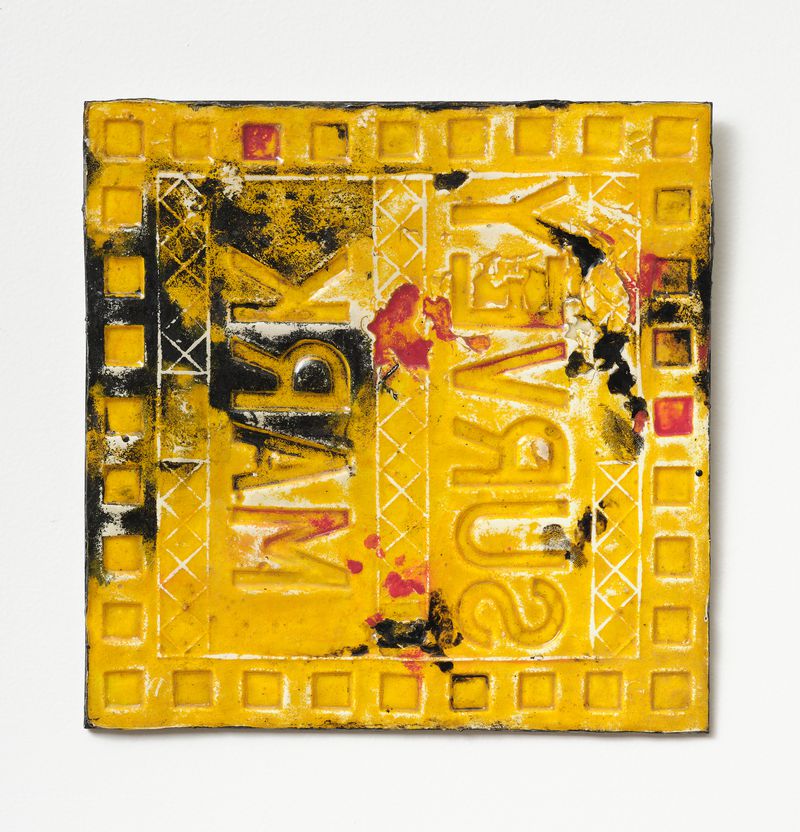
Sefton Rani
Abstract Tapa 1
2025
acrylic paint skins, acrylic enamel, acrylic polyurethane on Aluminium Composite Material
265 x 265mm
$1,500
Photo: Sam Hartnett
Contact us to purchase this edition.
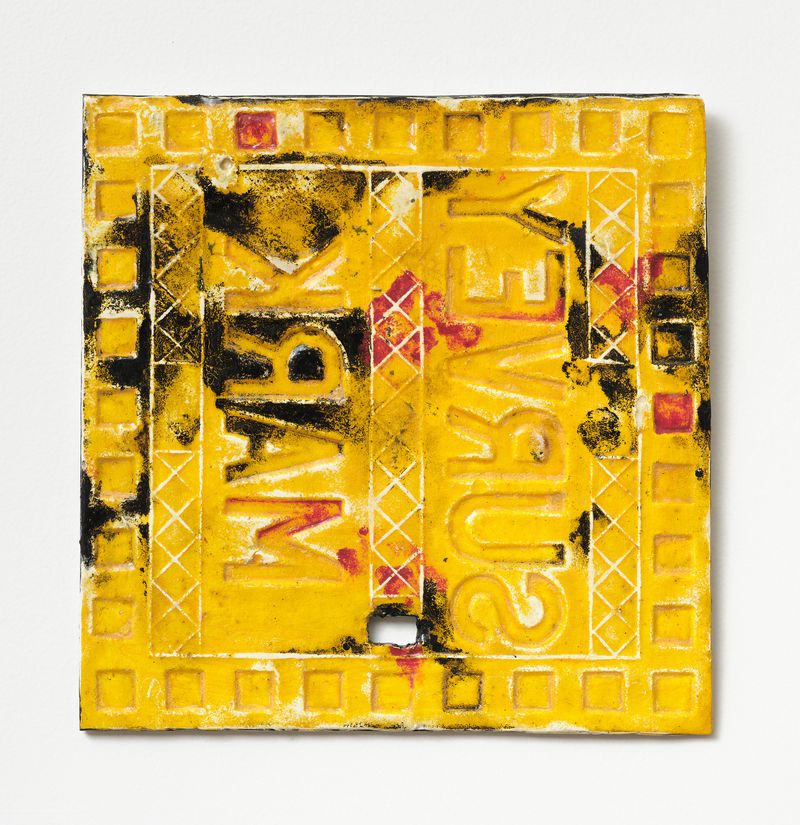
Sefton Rani
Abstract Tapa 2
2025
acrylic paint skins, acrylic enamel, acrylic polyurethane on Aluminium Composite Material
265 x 265mm
Collection of McCahon House Trust
Photo: Sam Hartnett
